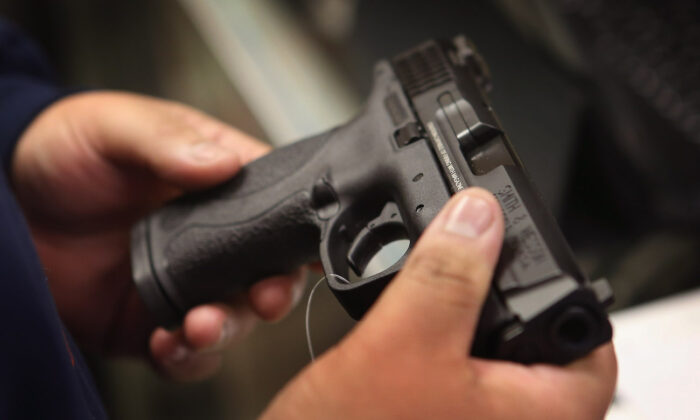In the late 1970’s, Kalashnikov rifles were the most common firearms on the planet. Despite tens of millions of copies in service, they yet remained vanishingly rare on our side of the pond. Vietnam bring-backs were an option, but they were and always have been both rare and expensive. Even if you could find a gun, the 7.62x39mm ammo it fired was comparably scarce.
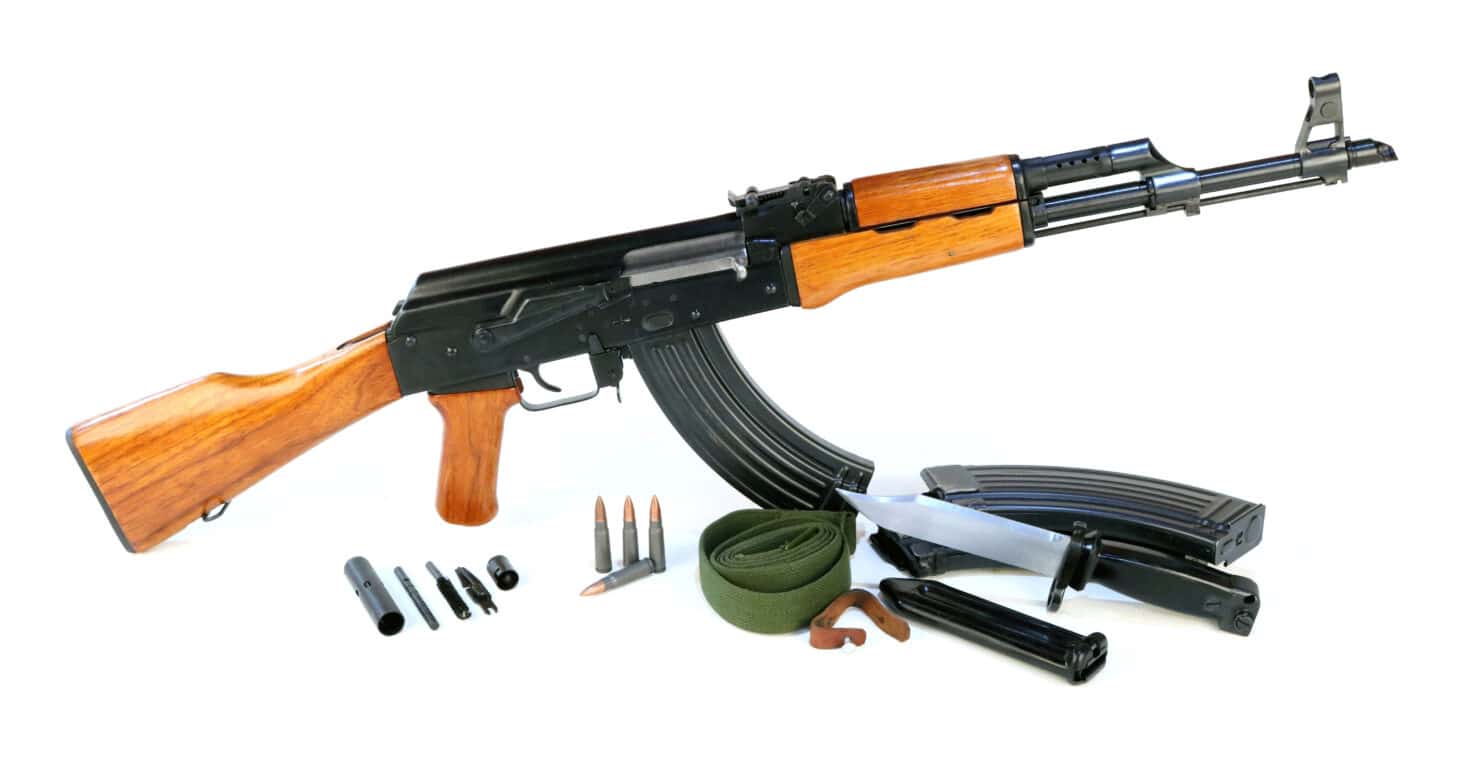
One slightly more accessible option was the Egyptian Maadi AK, a superb semi-auto rendition of the AKM service rifle. But, I seem to recall they cost $1,000 apiece even back in the early 1980’s. That would be about $4,400 today. Prior to that time, Finnish Valmets stood in for Kalashnikovs in movies like Stripes, The Dogs of War and Firefox. Once the Egyptians began exporting Maadis, they appeared in such classics as Heartbreak Ridge, Commando and Red Dawn. It was simply that most normal folk couldn’t afford them.

Everybody likes money, and around 1983 the Chinese figured they could get some if they started building semi-auto versions of Kalashnikov rifles for the U.S. market. The first of the genre was imported by Clayco. These guns were made by the Chinese company Norinco. They were superb rifles, but they featured polymer furniture. American consumers were looking for something that hearkened back to the Vietnam War that was still fresh on everybody’s minds, so these versions sold poorly. Clayco shut down in 1987.
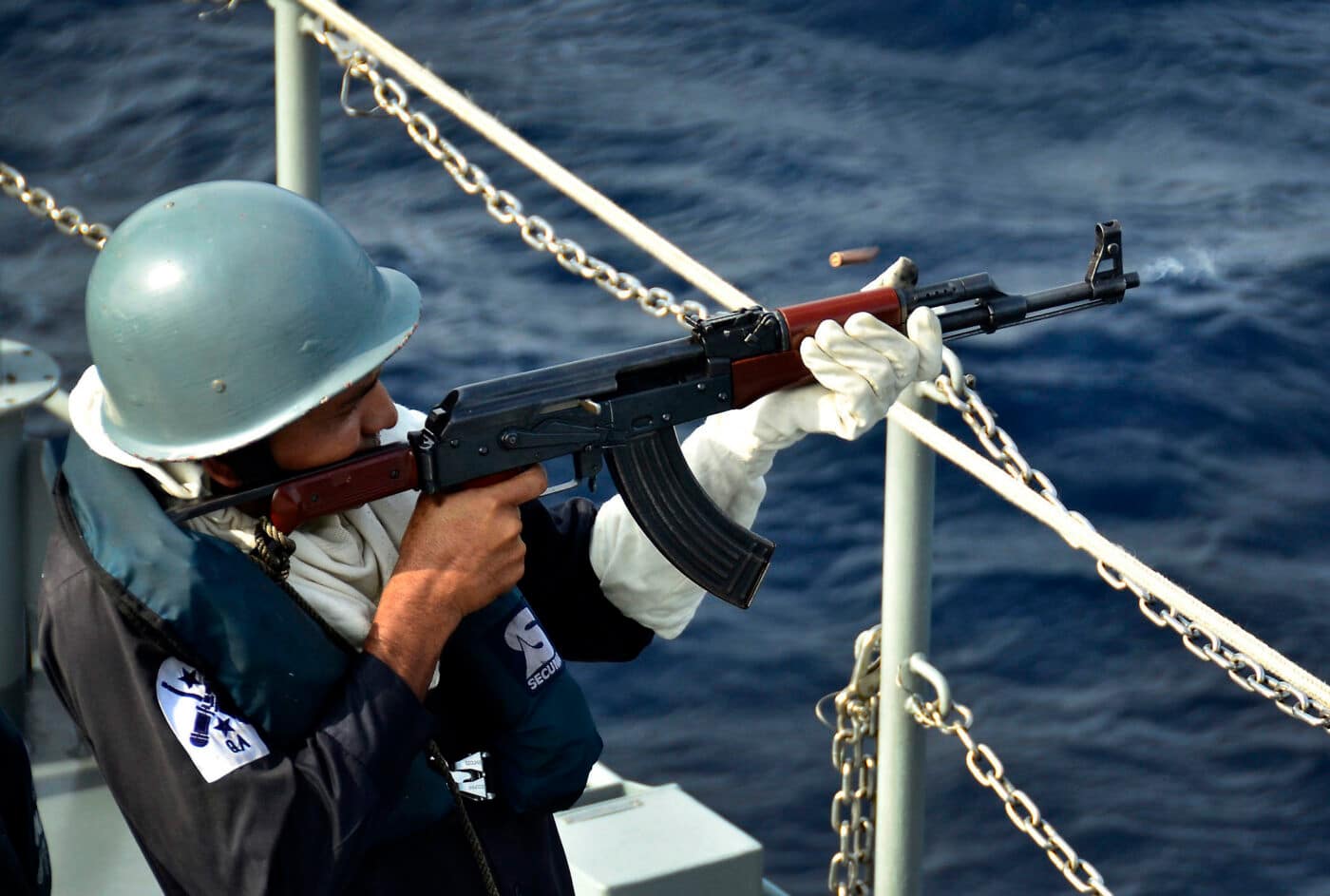
California was not the gun owner’s wasteland it is today, so Golden State Arms Distributors sprang up in Manhattan Beach, California. Their first shipment of wood-stocked Norinco Kalashnikovs consisted of 2,000 rifles that retailed for $259.95 apiece. That would be about $730 today. This relationship ultimately precipitated a tsunami of business.
I bought my folding stock Chinese Norinco Type 56 AK from a pile of NIB versions at a gun show for $325 in 1985. Each rifle was beautifully executed and came with three magazines, a bayonet, a sling and a cleaning kit. These Chinese guns flowed into the country in various forms and in profound numbers until the 1989 import ban under Bush the First turned off the tap.
Type 56 Origin Story
1956 was a big year for the Chinese. Back in the 1950’s and 60’s, China’s forte rested mostly in copying others’ designs. As they designated their weapons based upon the year of introduction, several mass-produced guns got saddled with the nomenclature Type 56. This included a Chinese SKS, an RPD and lots and lots of AKs.
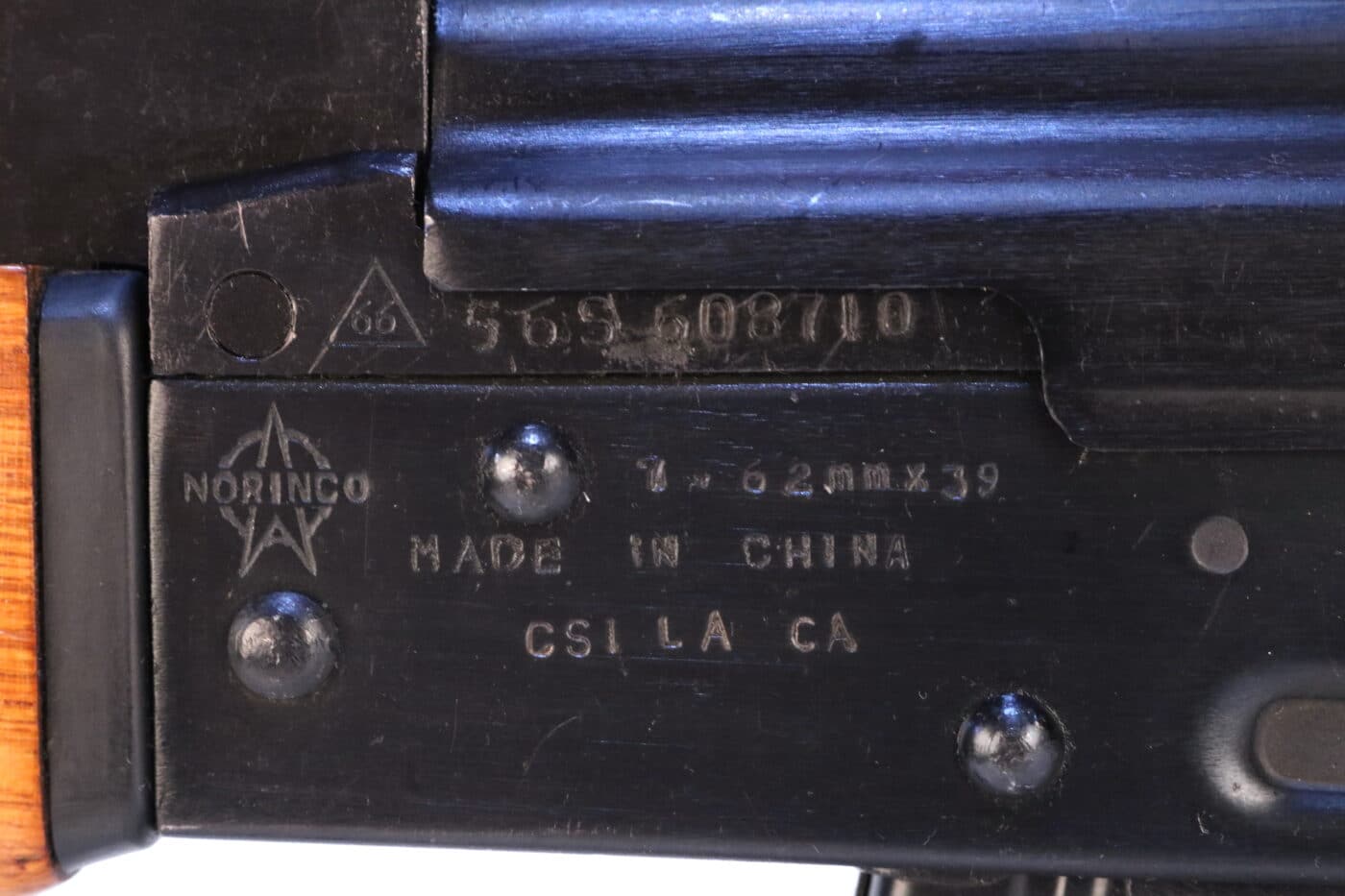
Mikhail Timofeyevich Kalashnikov birthed the original AK rifle in the years immediately following World War II. This simple but effective combat implement went through several iterations to become the most produced firearm in human history. Those earliest Type 56 Chinese AKs were the forged receiver sort, just as the earliest (after a failed attempt at an early stamped receiver) Russian AKs were. This was the variant most frequently encountered by our troops serving in Vietnam.
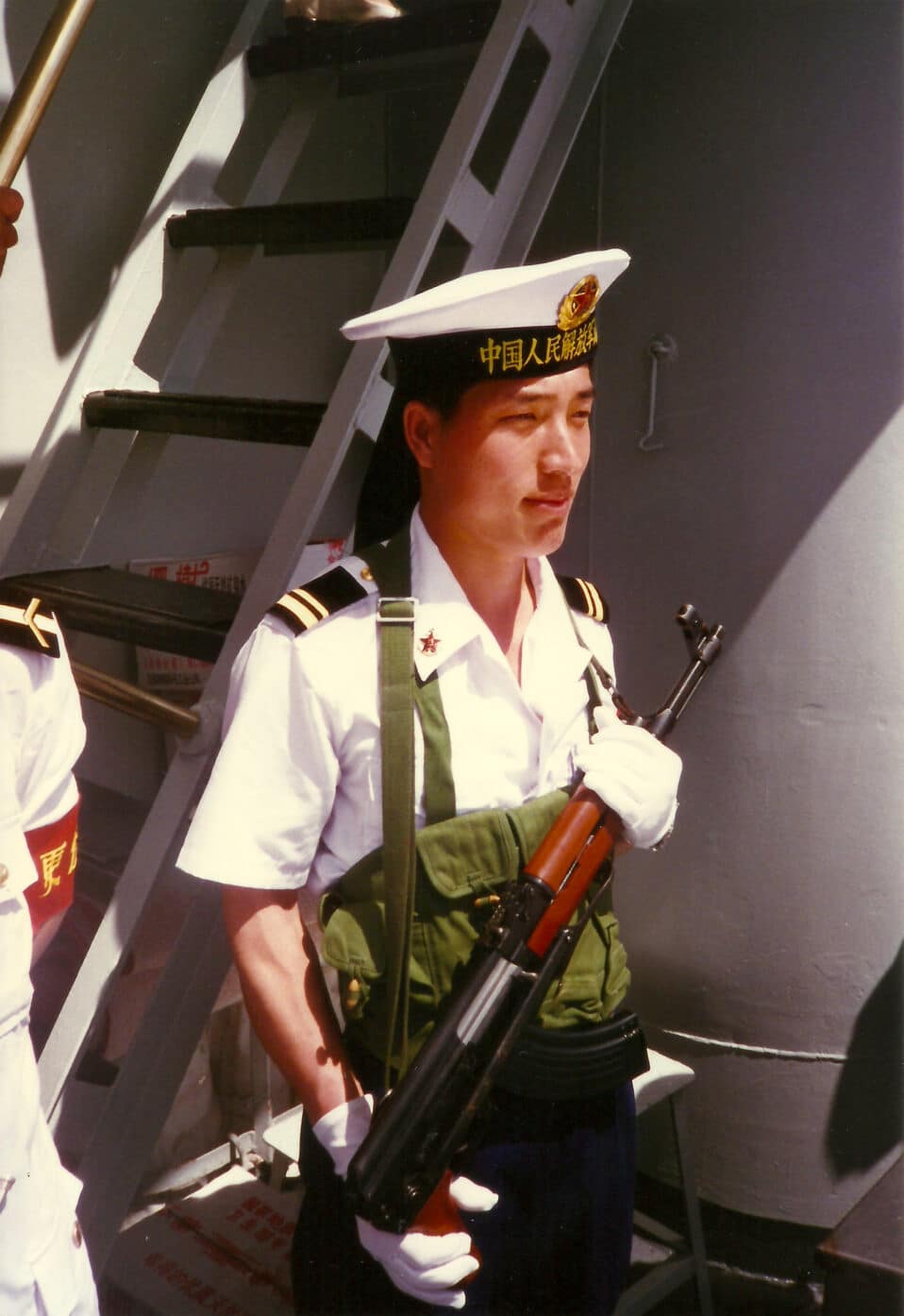
Production of the Type 56 AK began at State Factory 66, and then moved to Norinco and Polytech. Military versions were widely exported across the world. Many to most of the Kalashnikovs that saw Iranian service during the Iran/Iraq War, as an example, originated in China.
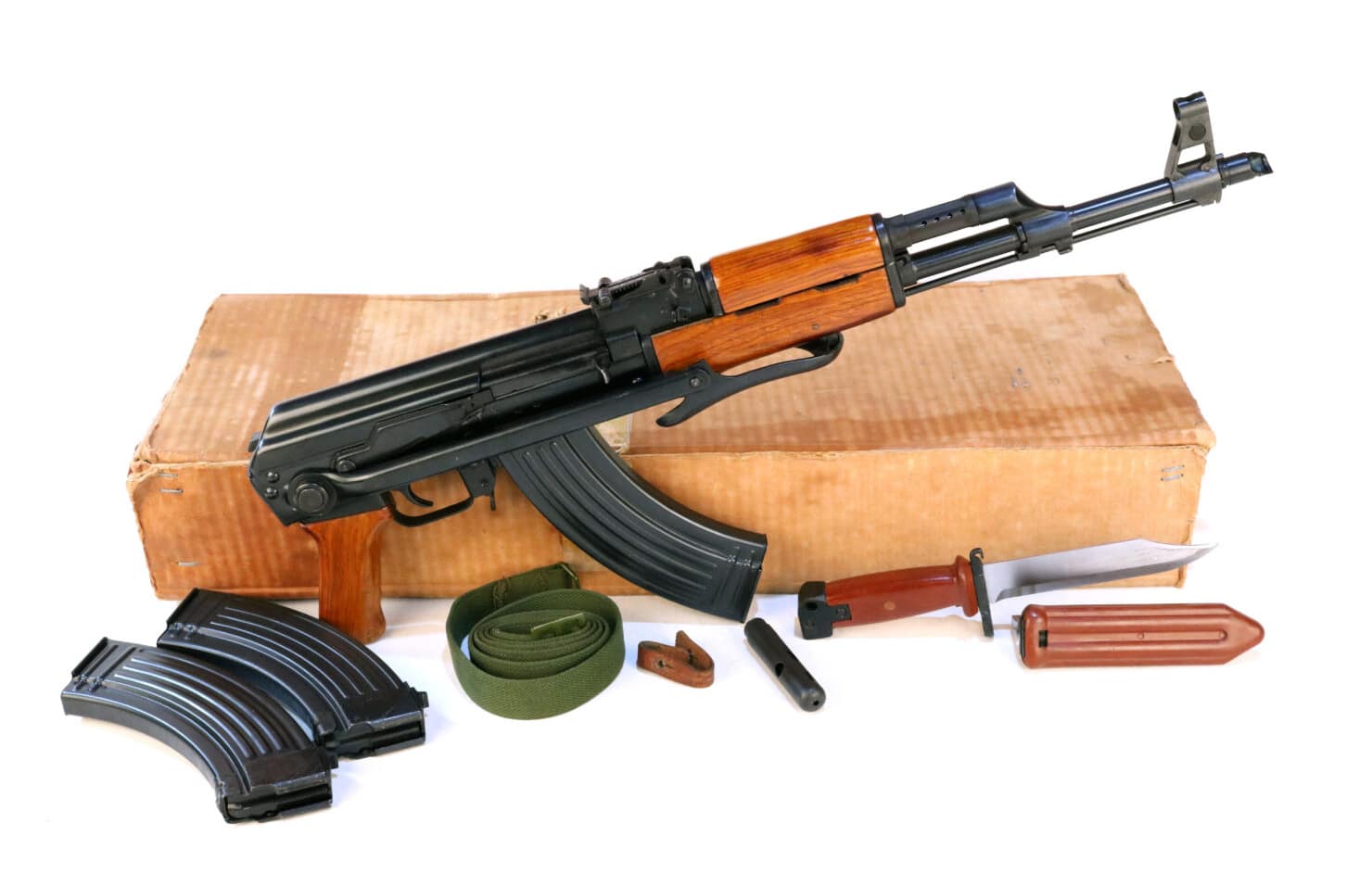
Chinese Type 56 rifles littered Afghanistan during the 1980’s. These guns were smuggled in by China, Pakistan and the U.S. for use by the Mujahidin back when radical Afghan jihadists were actually viewed as being on our side. Infantry rifles like these are essentially immortal if properly maintained, so Chinese Type 56 rifles are commonly found throughout the Middle East today.
The civilian-legal semiauto version of the Type 56 differs only in its fire control system and bolt carrier from the GI-issue sort.
Details
The stamped receiver Chinese Type 56 is a decent approximation of the stamped receiver Russian AKM, but it does differ in some critical respects. The front sight hood on the Type 56 is enclosed, while that of the Russian AKM is open on top. The Type 56 also uses a 1.5mm-thick receiver blank rather than the more common Russian 1mm sort. This makes the Chinese guns theoretically stronger. Bayonets can either be detachable or integral and folding.

The forearm on the Type 56 is slab-sided like that of the earlier AK-47 (and not “bulged” like those of the AKM), and wood is solid rather than laminated as also seen on the AKM. In addition, the receiver cover is smooth rather than being ribbed like on the AKM.
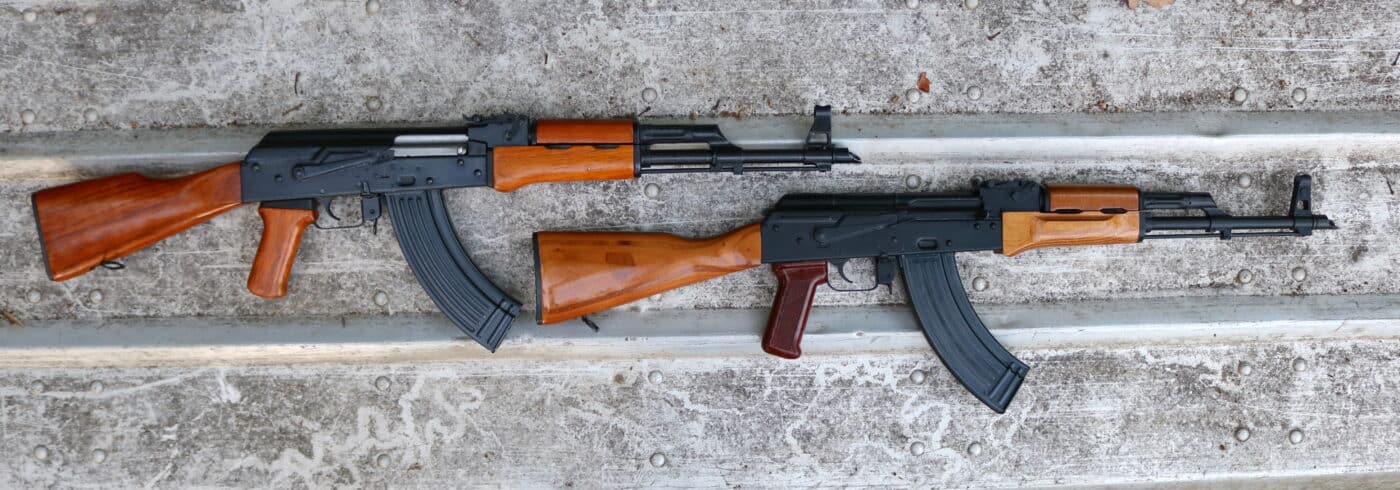
Soviet AK rifles are finished in a black oxide or parkerized finish, while the Type 56 features a deep, sultry blue. Type 56 sights are graduated to 800 meters, while Soviet AK sights are calibrated to a thousand. Chinese bolts and most of their bolt carriers were hard chromed for durability and wear resistance. There are some other little differences, but only obsessive fans will notice.
The Chinese can make some absolutely gorgeous firearms, and my Type 56 semi-auto is no exception.
Range Testing of Type 56 Rifle
| Ammunition | Velocity | Group Size |
|---|---|---|
| Red Army Standard 123 gr FMJ | 2,316 fps | 2.25″ |
| Russian Steel Case (Mil-Surp) 123 gr HP | 2,385 fps | 4.25″ |
| Wolf Performance Ammo 123 gr FMJ | 2,399 fps | 2.25″ |
Group size is best four of five shots measured center to center fired at 100 meters over open sights from a simple rest. Velocity is the average of three shots fired across a Caldwell Ballistic Chronograph oriented ten feet from the muzzle.
Technical Specifications
| Caliber | 7.62x39mm M43 Combloc |
| Action | Gas-operated semiautomatic |
| Magazine Capacity | 30 |
| Sights | Rear sliding tangent/front post |
| Overall Length | 34.6 inches |
| Barrel Length | 16.3 inches |
| Weight | 6.83 pounds |
| Original U.S. Price (1985) | $325 |
Ruminations
In 1997, I was an Army officer deployed for Operation Tandem Thrust, a massive joint exercise that brought together Allied forces from all around the Pacific for excellent training and military cross-pollination. Part of my piece unfolded in rural Australia, while the rest was in Hawaii. While in the vicinity of Pearl Harbor, I availed myself of the opportunity to tour a Chinese destroyer that was on a port call.
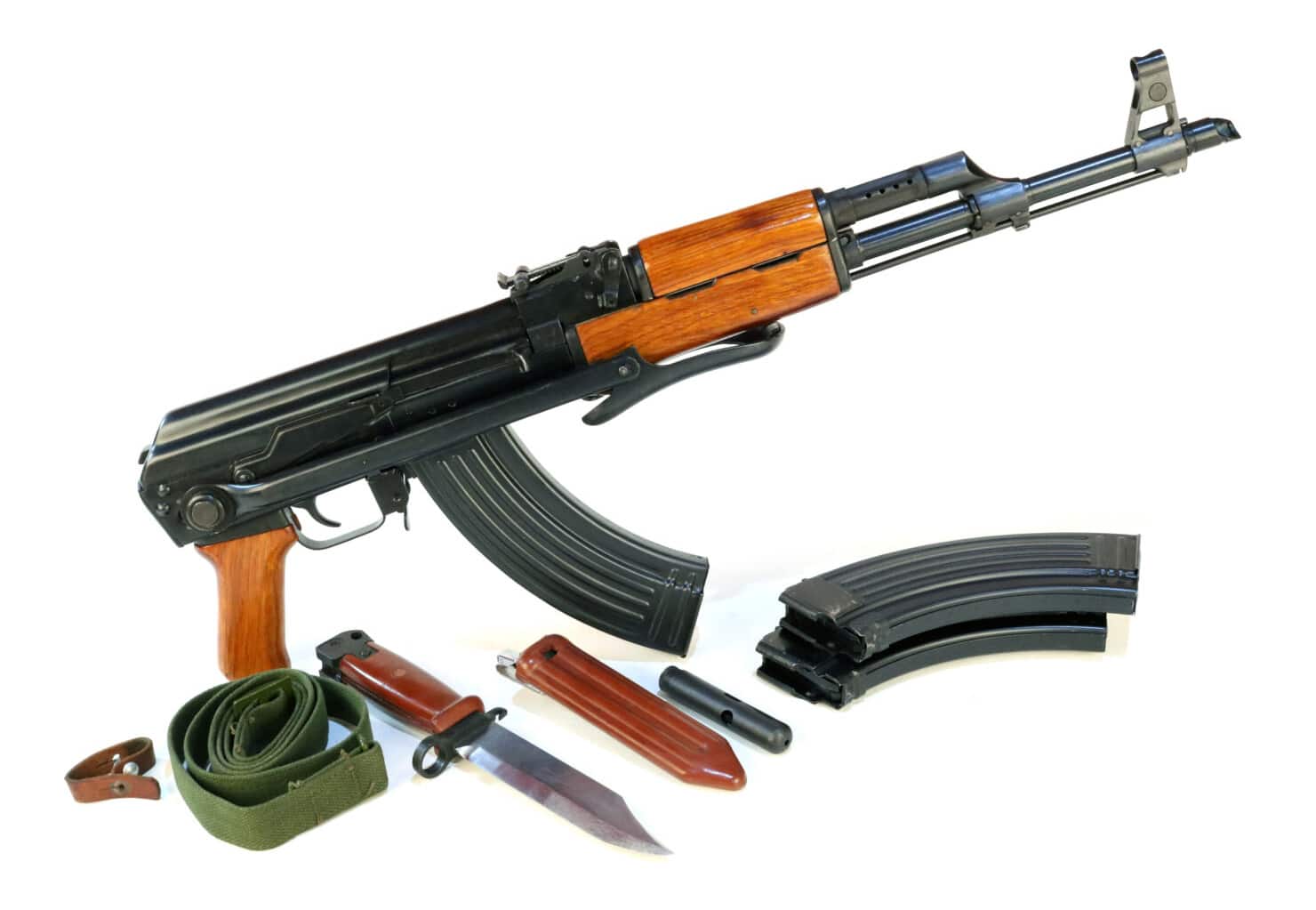
Boarding an active warship is a unique experience, even during peacetime in a friendly port. As I trotted up the gangplank I was greeted by a serious-looking young Chinese Marine. You can imagine my surprise when I realized he was packing a folding-stock Type 56 rifle that had inspired the semi-auto model I had purchased at that Memphis, Tennessee, gun show more than a decade earlier.
I didn’t strain international relations by asking him to let me hold it, but I did give the gun a proper once over. It was indeed a Norinco AK that originated from the same factory as my own. As they say, it may indeed be a small world, but you wouldn’t want to paint it.
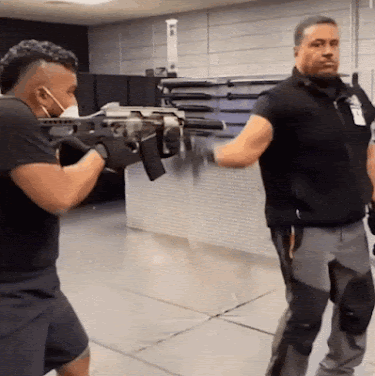
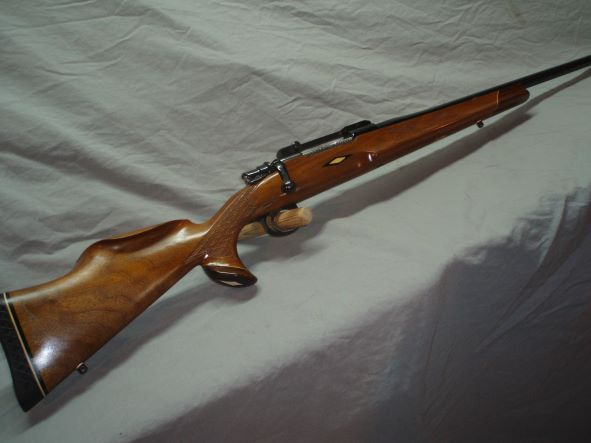
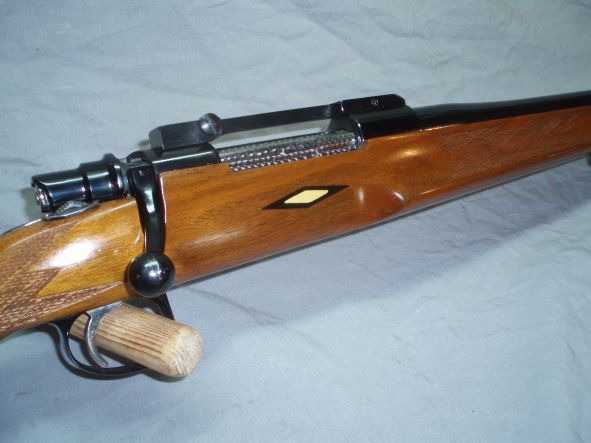
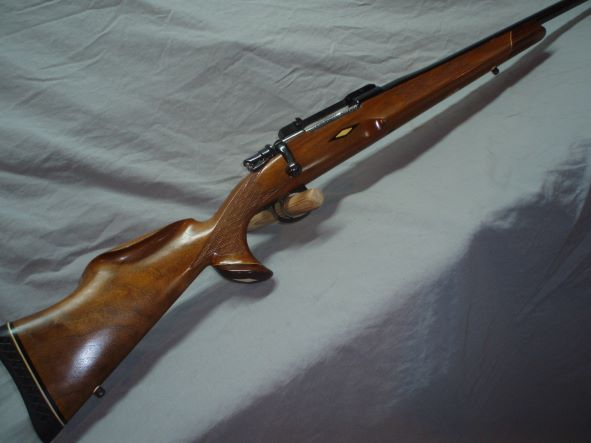
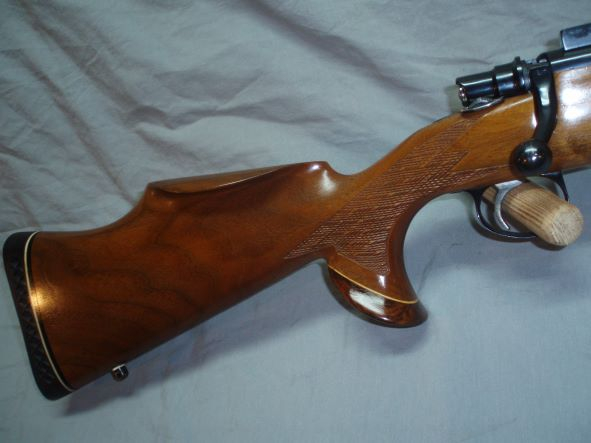
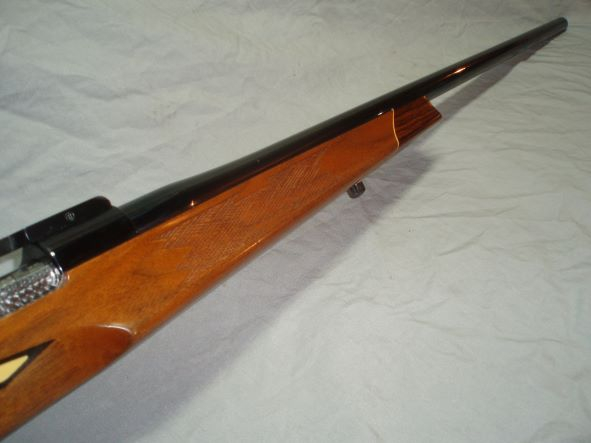

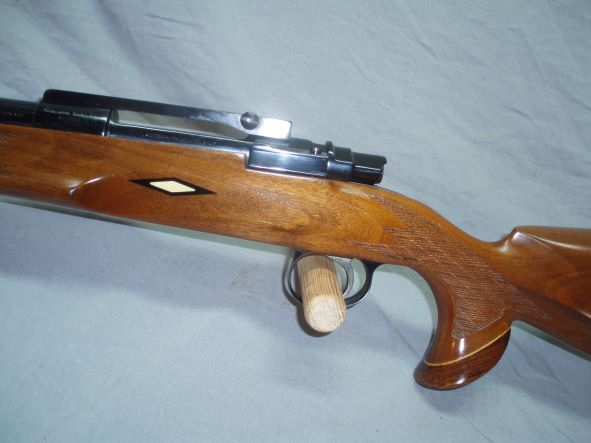
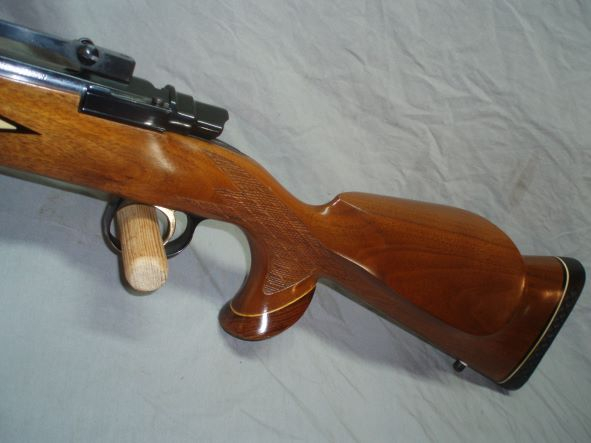
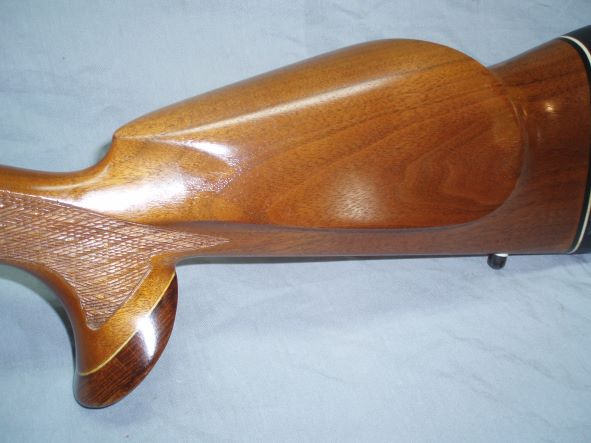
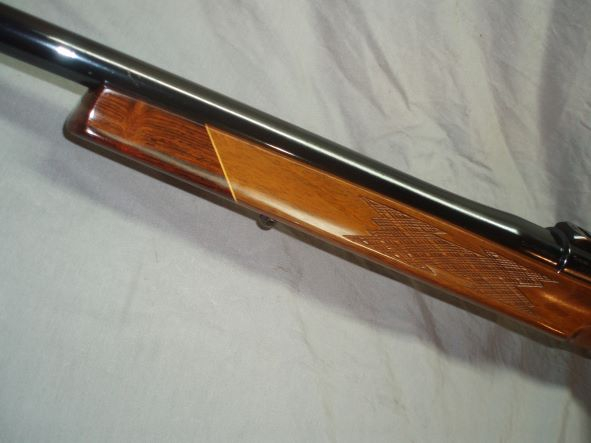
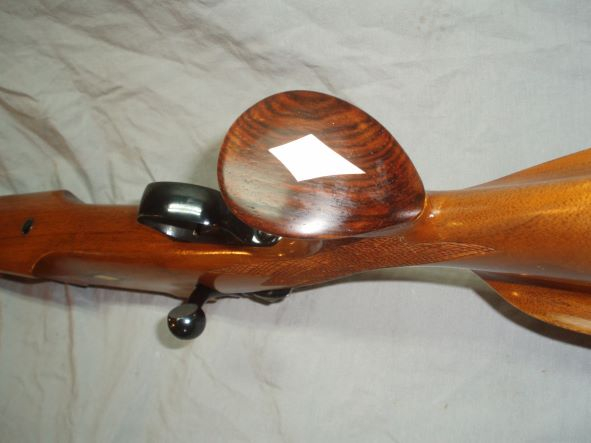
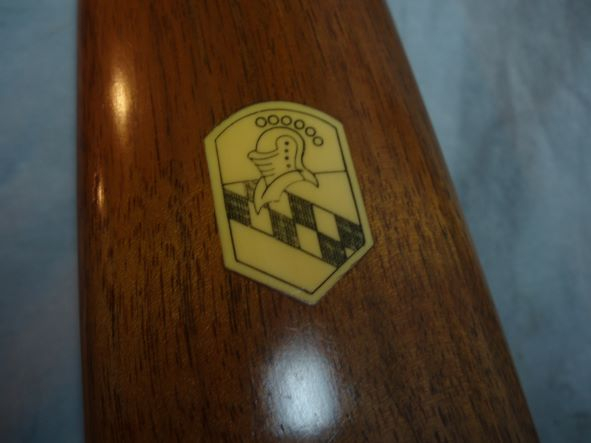
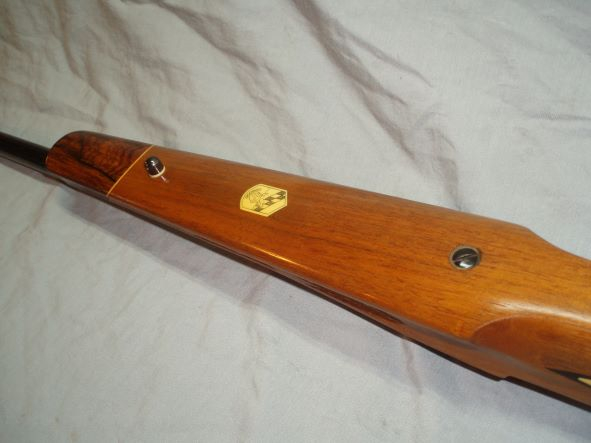
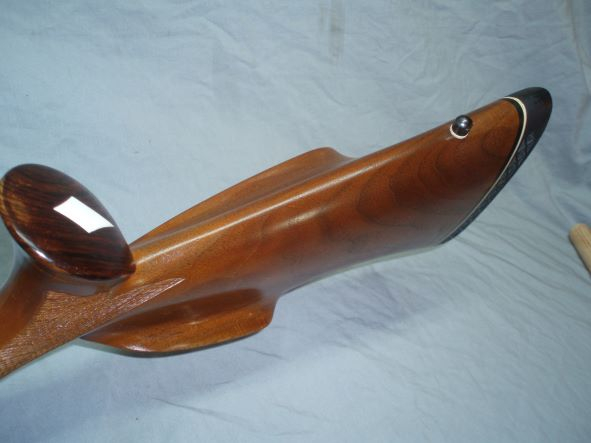
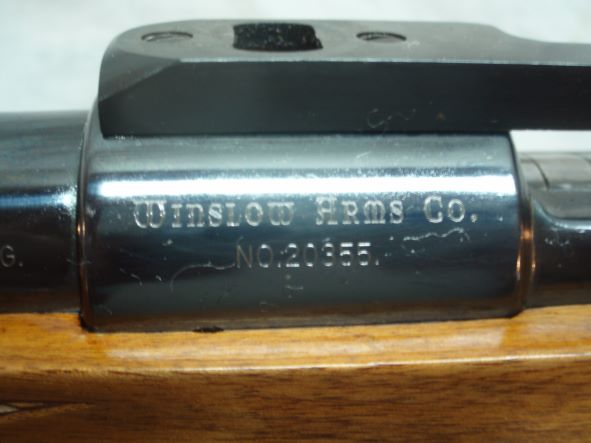
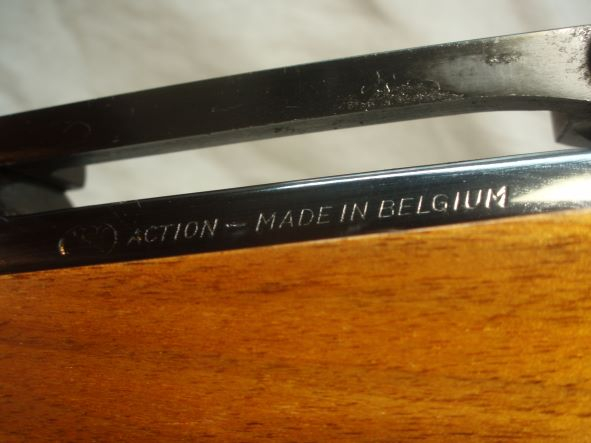
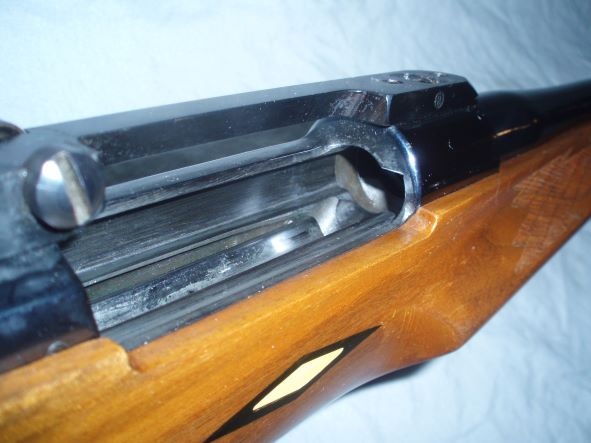
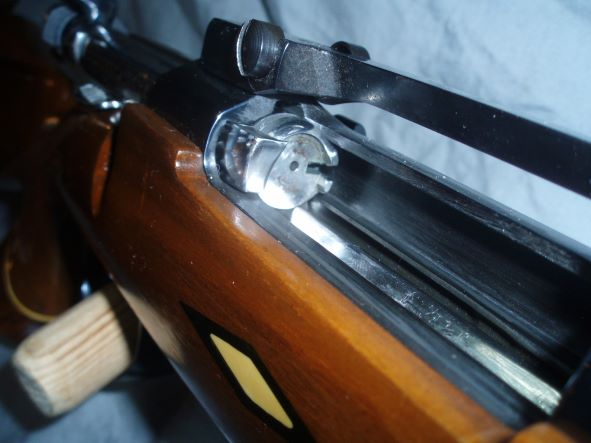
Pilot Officer Jock Adamson was in a foul temper. A product of the little town of Rockhampton on the northeast coast of Queensland, Australia, Adamson had been flying in North Africa with the Desert Air Force for three months. He was assigned to No. 3 Squadron of the Royal Australian Air Force flying Curtiss P-40E Kittyhawks.
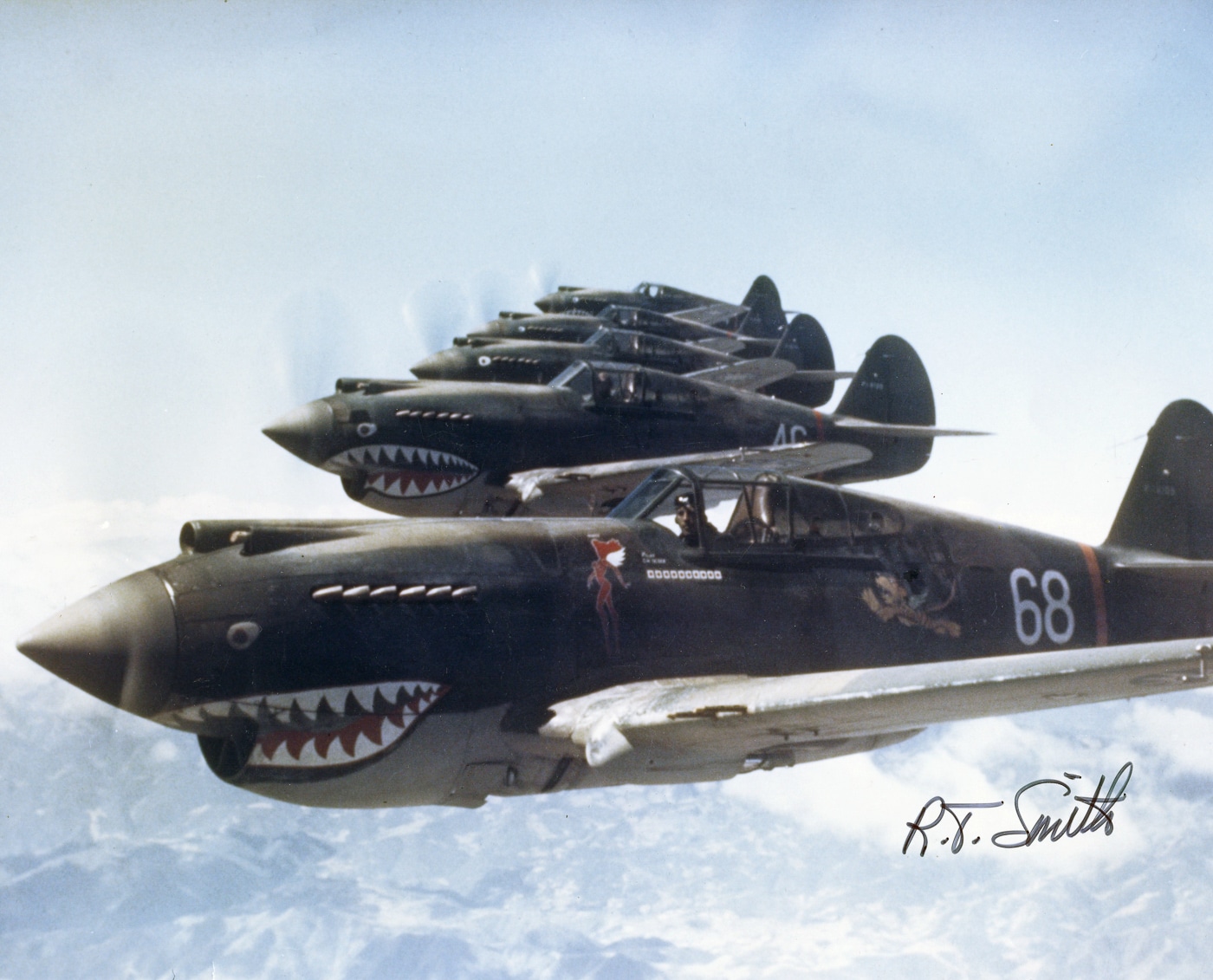
It had taken him about three minutes to grow weary of this place. Dry, hot, miserable, and bereft of both booze and women, this part of the world had little to commend it. Combine this with the fact that the Germans and Italians tried to kill him both day and night and you had the chemical formula for a sour attitude.
It was April 7, 1943, and Pilot Officer Adamson along with his wingman were on the hunt. The war on the ground swept back and forth as the British 8th Army slugged it out with the Afrika Korps. The Afrika Korps would surrender a short five weeks later, but for now they yet remained a formidable force.
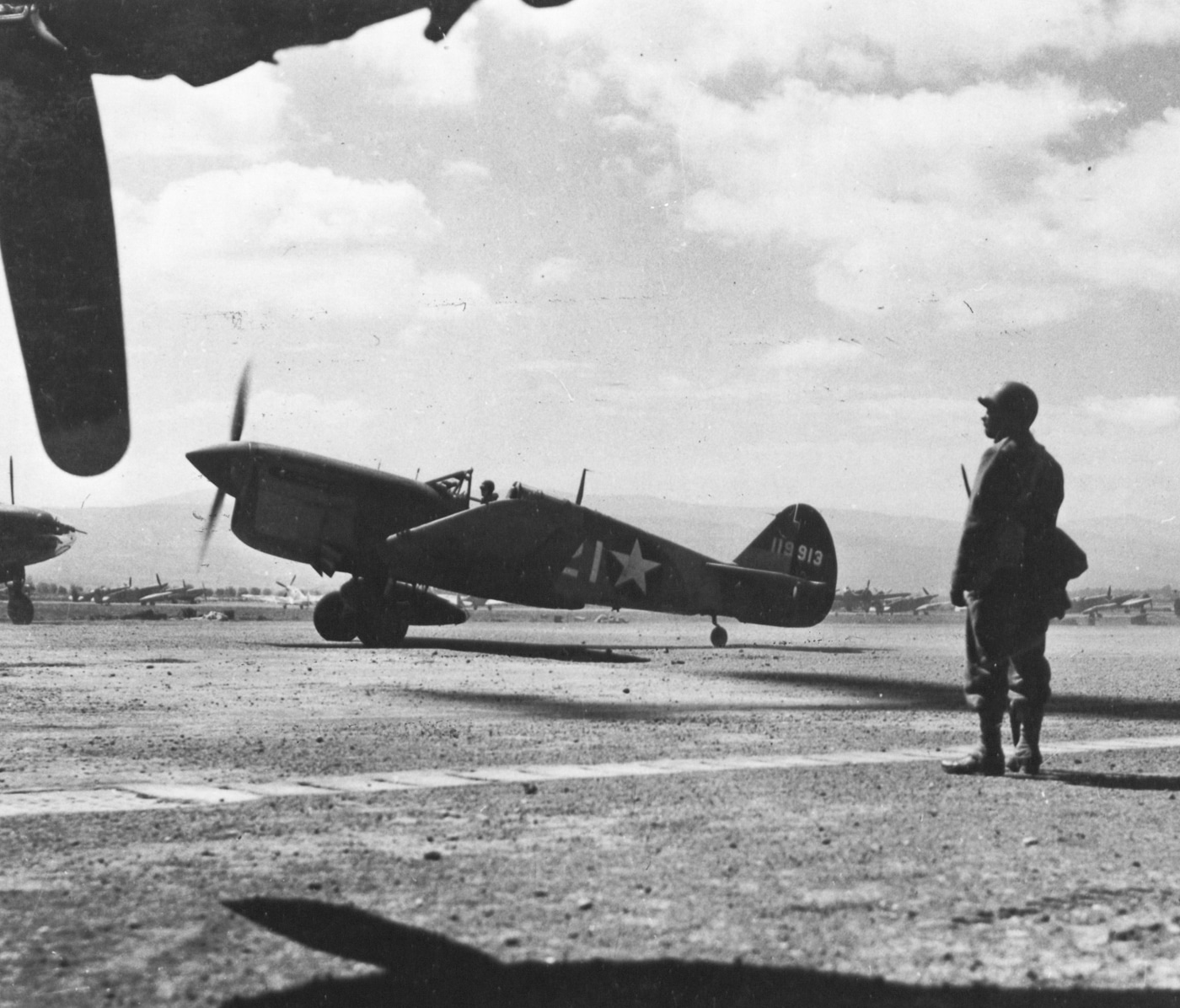
On this day a German column was making a rare daylight convoy movement. Jock and his mate spotted the dust cloud a dozen miles away. Dropping down to 100 feet off of the parched arid ground, the two Australians advanced the throttles on their powerful Allison engines and closed in for the kill.
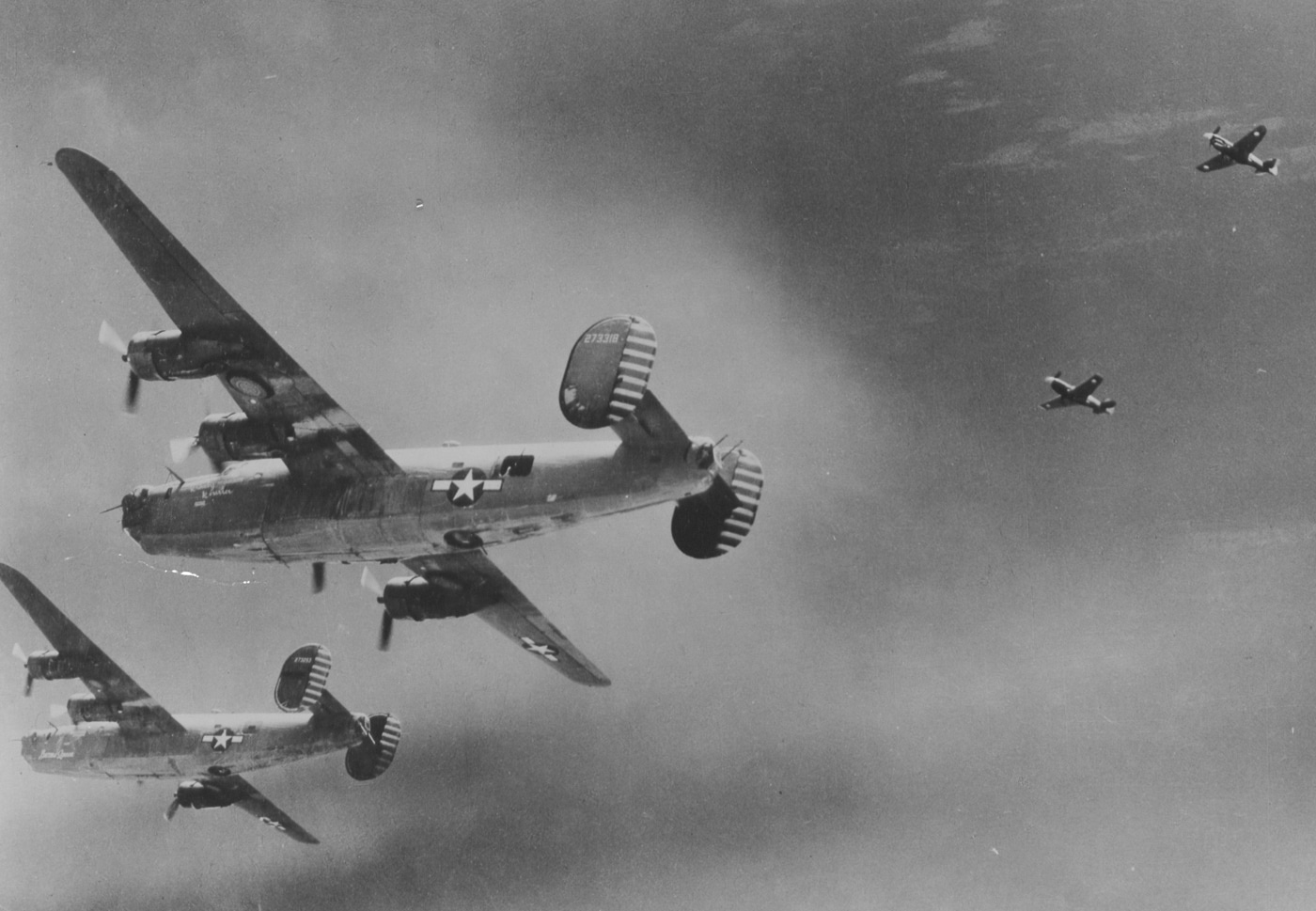
The combination of their low altitude and the cacophonous noise of the German Maybach engines masked the approach of the two Allied fighters. The first inclination the marching Germans had that something was amiss was when a sleeting hail of heavy fifty-caliber bullets swept over the length of their column. Afrika Korps Landsers leapt off of their tanks and out of their trucks to seek refuge in the sparse cover on the sides of the desert track. Without a proper ditch or any foliage, however, the Germans were all but helpless.
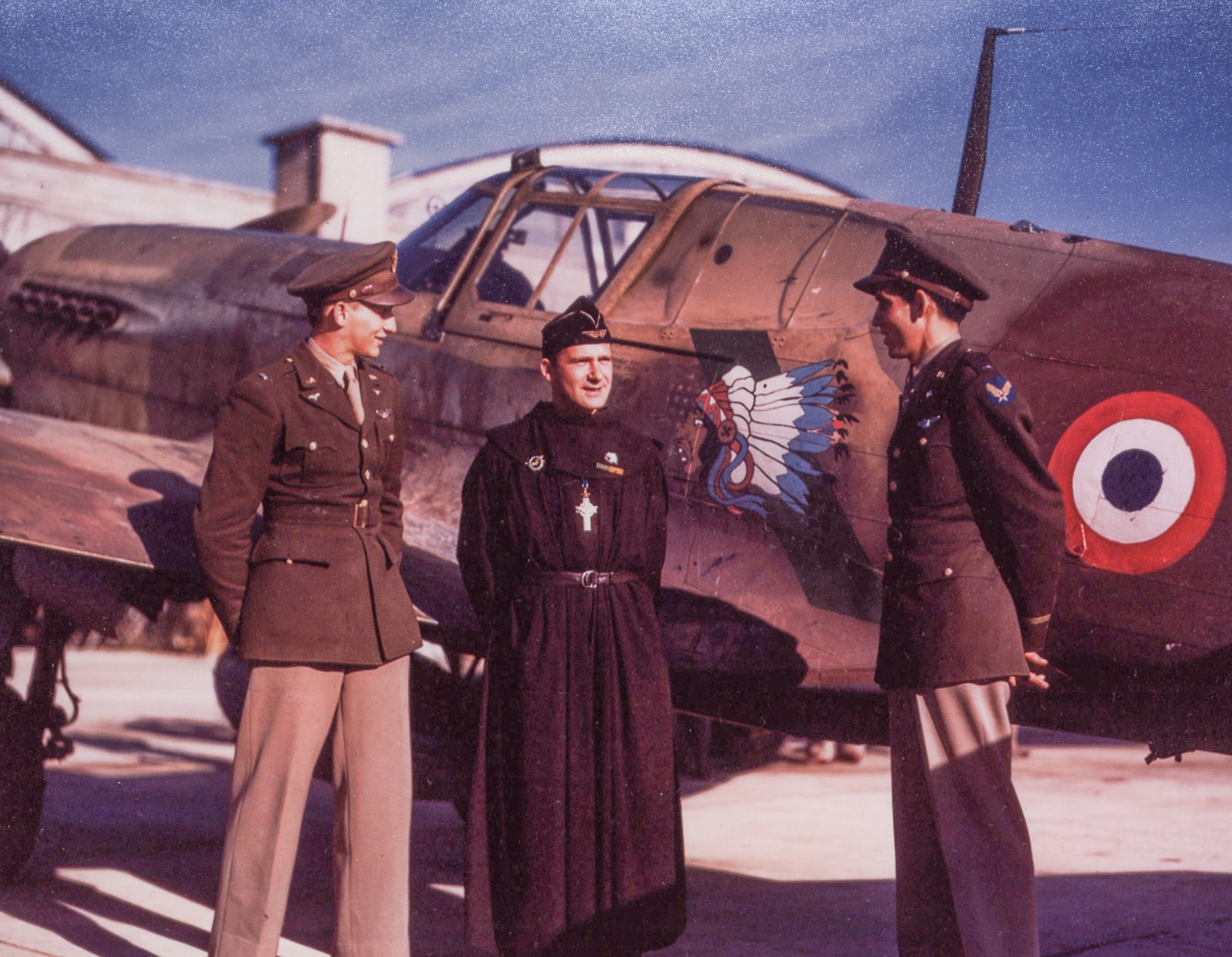
The two P-40’s swooped up and over, reversing course for another pass from the opposite direction. This time a few Wehrmacht soldiers fired back with their Kar98k rifles and a handful of MG34 machineguns, but they still stood little chance against the marauding Curtiss fighters. Jock and his wingman once again unlimbered their half dozen .50’s to sow carnage across the German motorized convoy.
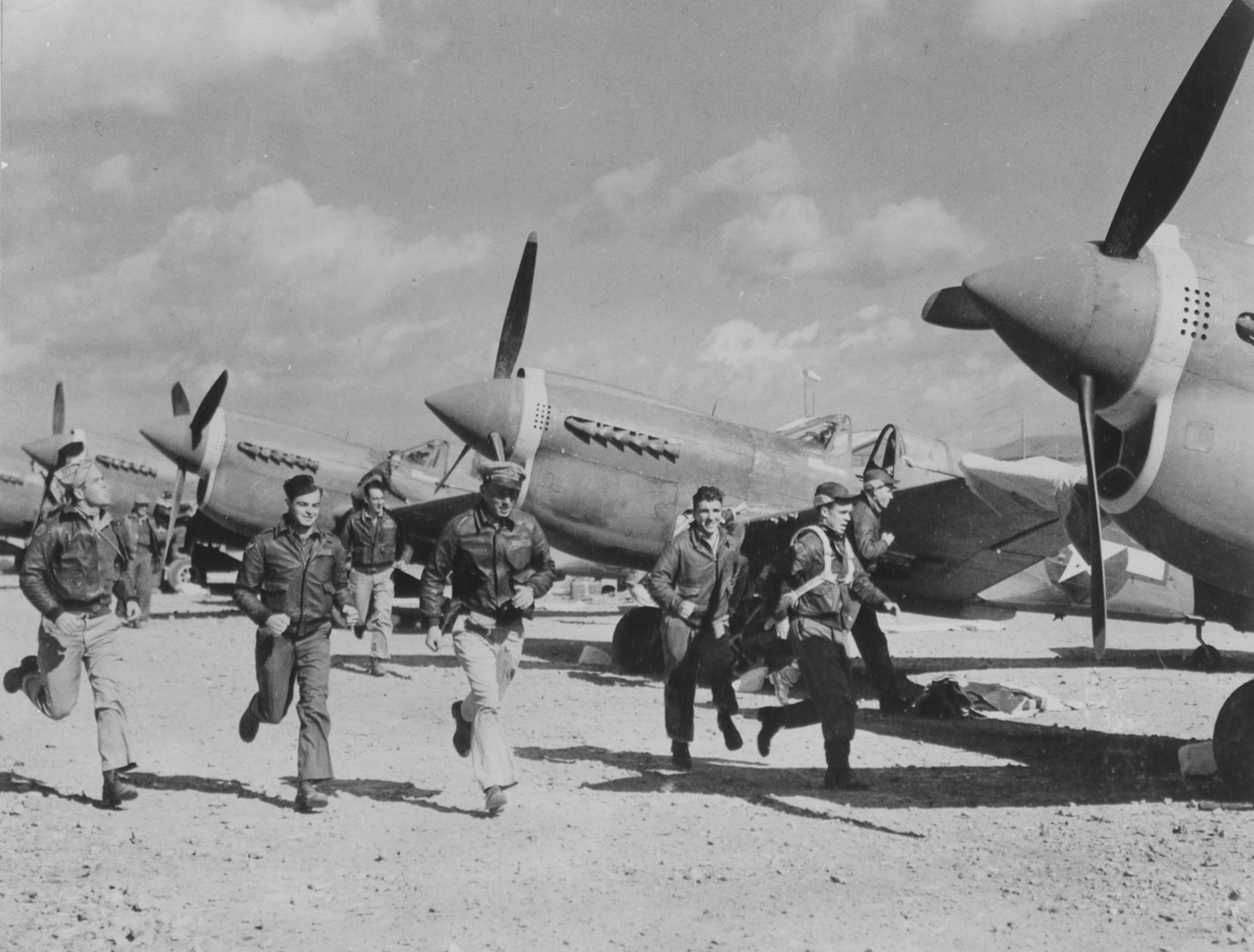
Each of Jock’s .50 calibers started the engagement with 615 rounds of linked four-and-one ball and tracer. That gave him a total of 3,690 rounds. The AN/M2 gun cycled at 850 rounds per minute. That equated to about forty seconds of fire until he was out of ammo. With the North African skies dirty with Bf-109F Messerschmitts, Jock and his wingman felt that two passes was enough. They swung their crates toward home and settled back to cruise speed, warily scanning the skies for vengeful Luftwaffe fighters.
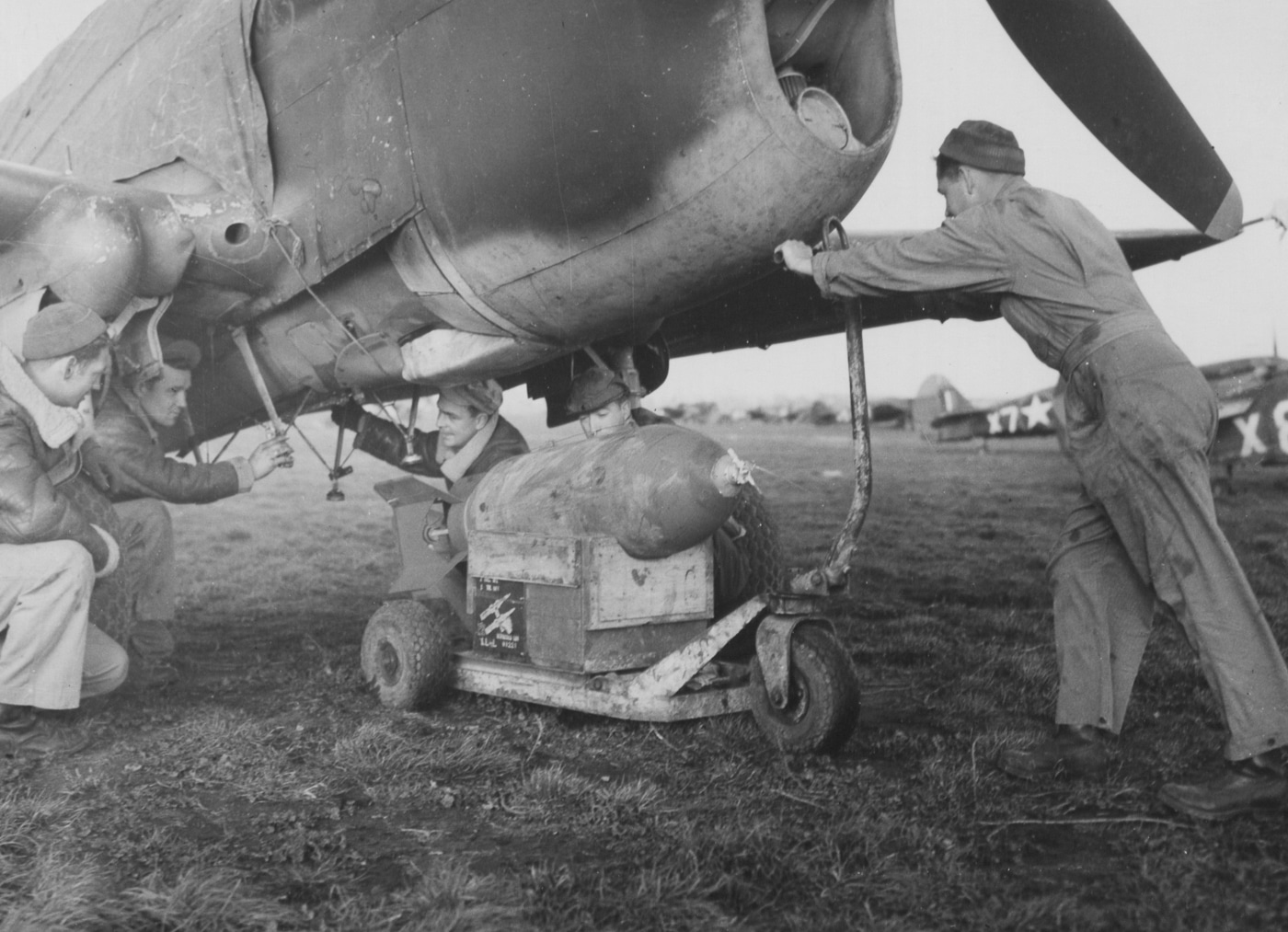
Back on the ground, the Afrika Korps troops slowly made their way back to their vehicles to count the cost. Troops caught in the open were torn to pieces by the ferocious half-inch slugs. Several trucks were on fire as was a halftrack. One Panzerkampfwagen Mk IV tank was badly damaged, and a kubelwagen was a total write-off. Alongside the kubel was Oberstleutnant Claus von Stauffenberg.
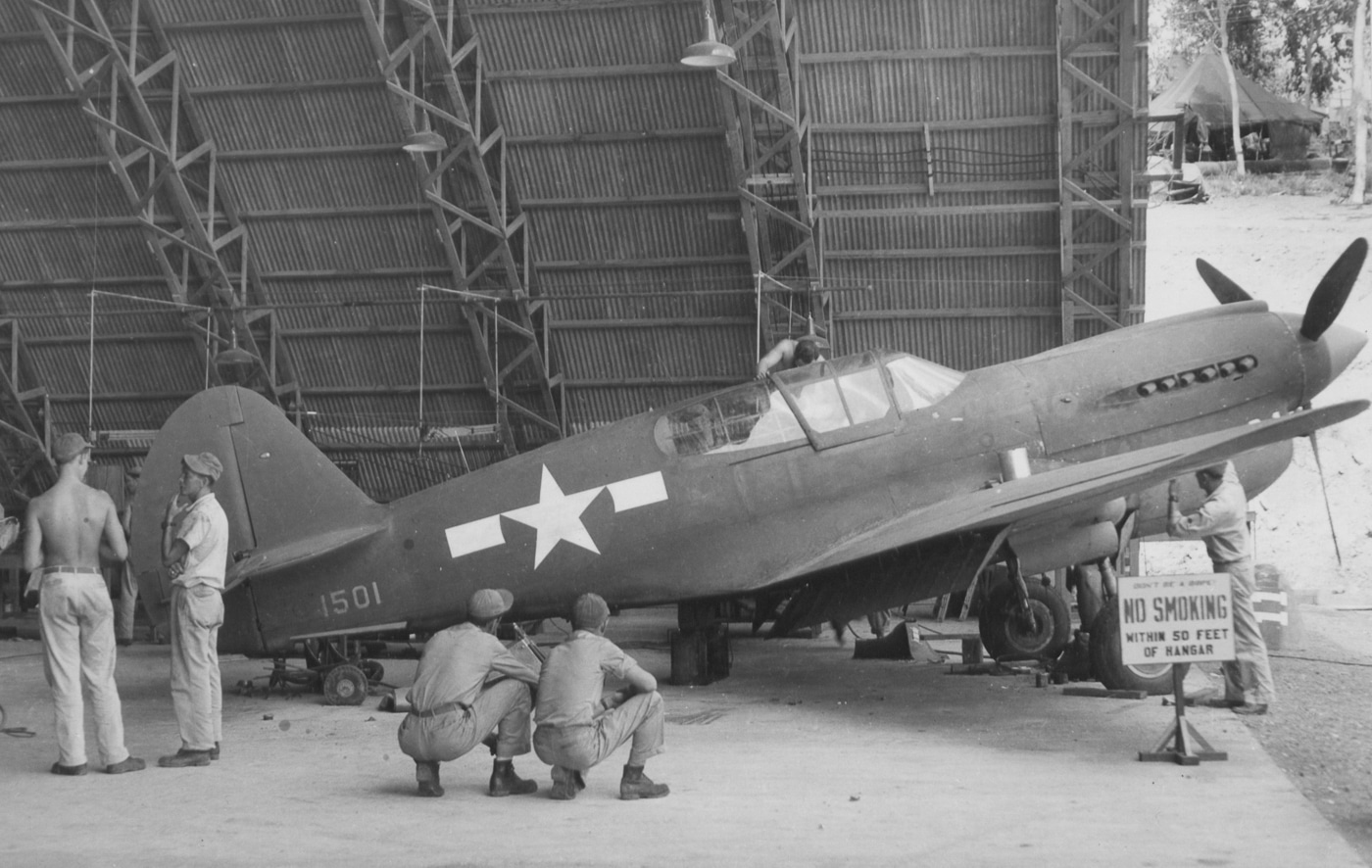
Von Stauffenberg was barely alive. His right hand was shot away, as were two fingers on his left hand. One round had bounced off the ground and then torn out his left eye. A beloved officer, his men cared for him as best they could before evacuating him to the rear for medical treatment. After three months in-hospital in Munich, von Stauffenberg was finally back on his feet. He jokingly told his friends that he had never really known what to do with so many fingers when he still had all of them. He was awarded the Wound Badge in Gold as well as the German Cross for gallantry as a result of this action.
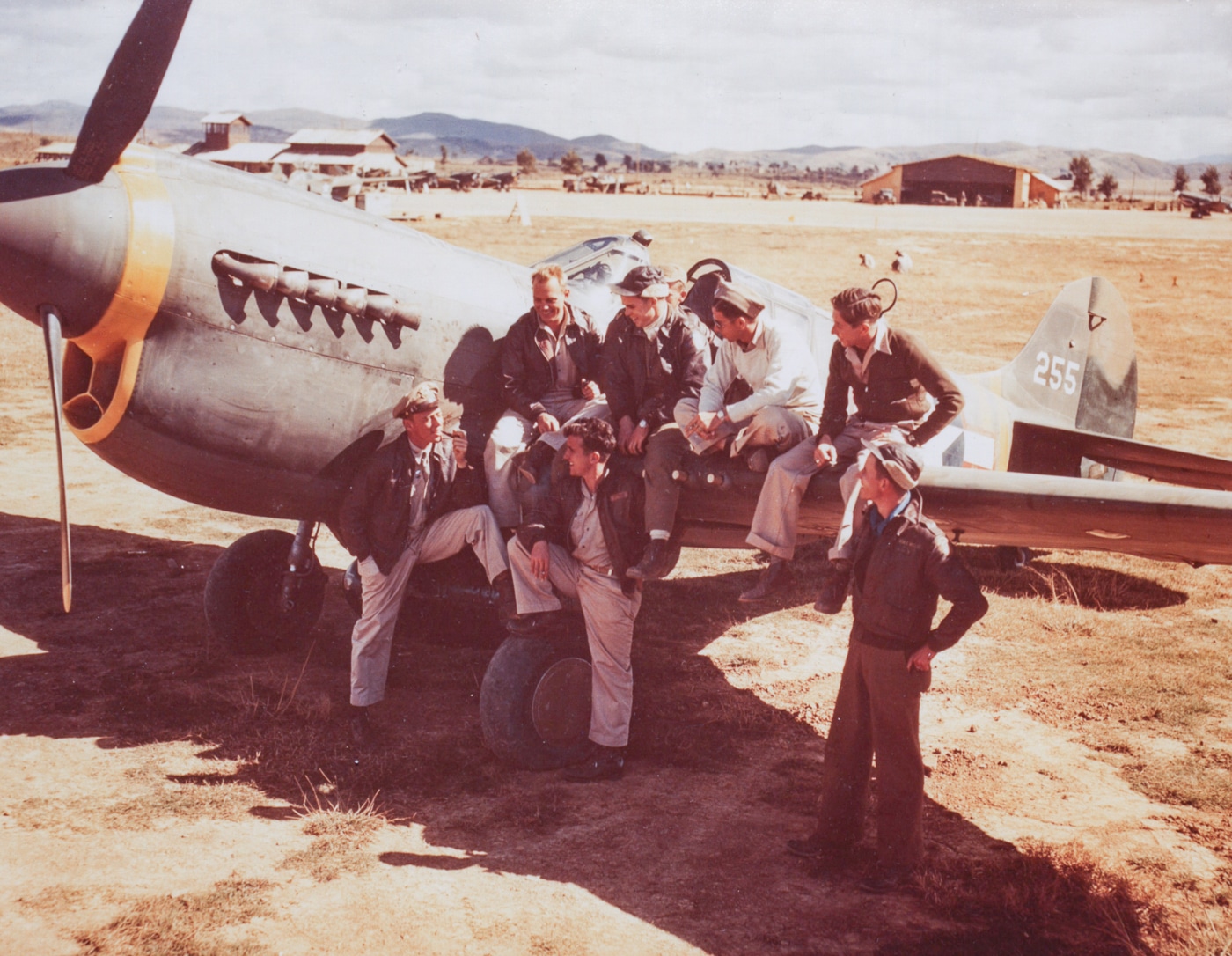
Fifteen months later, Claus von Stauffenberg deposited a 1-kilogram block of plastic explosive equipped with a time pencil underneath the heavy oak table in the Wolfsschanze during a briefing held for Adolf Hitler in what is modern-day Poland. He had started the operation with two blocks of explosive, but his injuries prevented him from arming the second. Von Stauffenberg excused himself minutes before the bomb detonated. Hitler’s stenographer was killed instantly and three German officers ultimately died of their wounds, but Hitler was saved by the heavy table leg that separated him from the device.
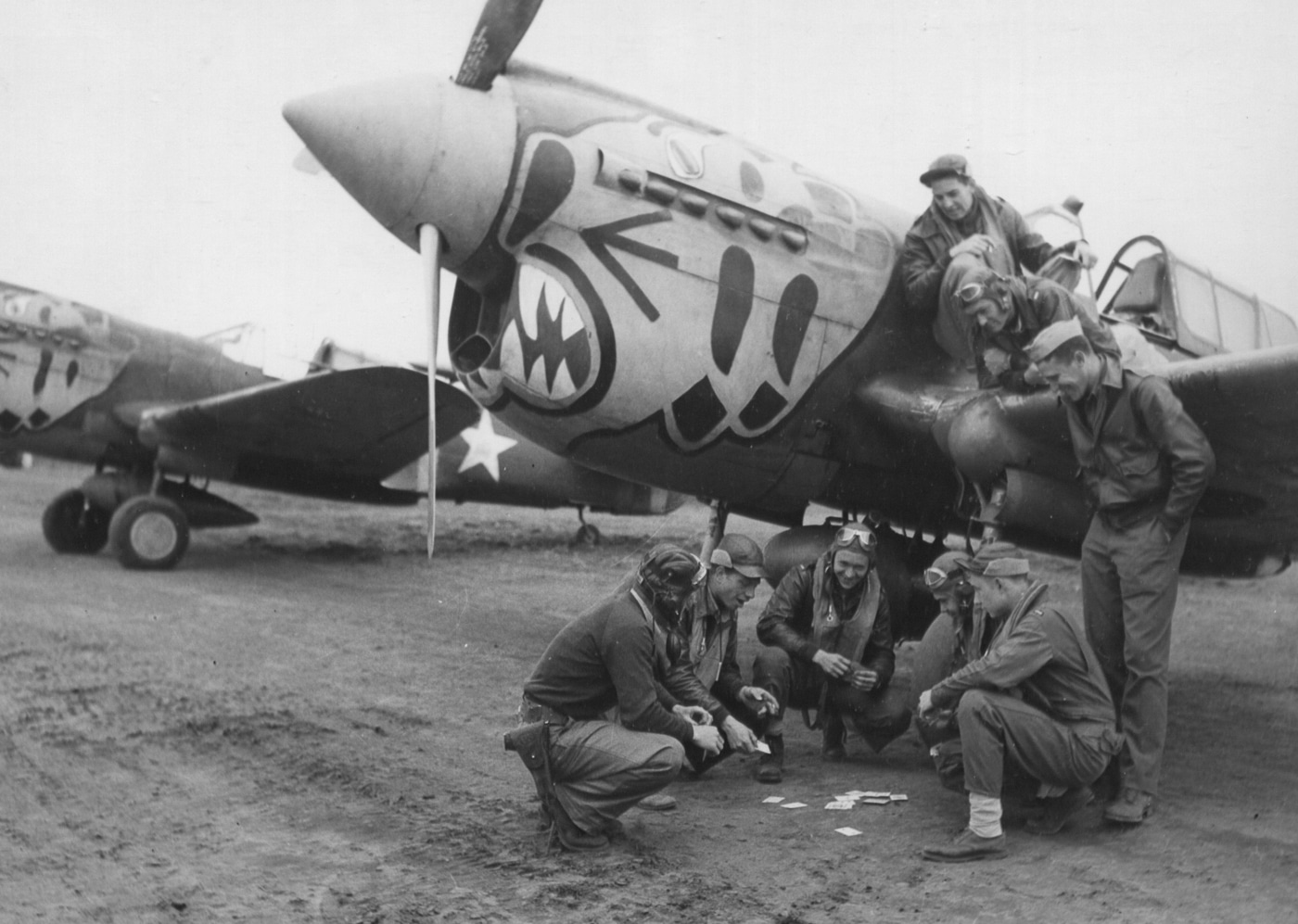
Hitler went on a rage-driven rampage. Heinrich Himmler ultimately killed some 4,980 Germans felt to be disloyal in reprisals. Von Stauffenberg himself was shot outside the Benderblock headquarters in Berlin in the middle of the night while illuminated by the headlights of a military truck. Though the assassination attempt was obviously a failure, the resulting purge and paranoia at the highest levels did substantively advance the Allied cause.
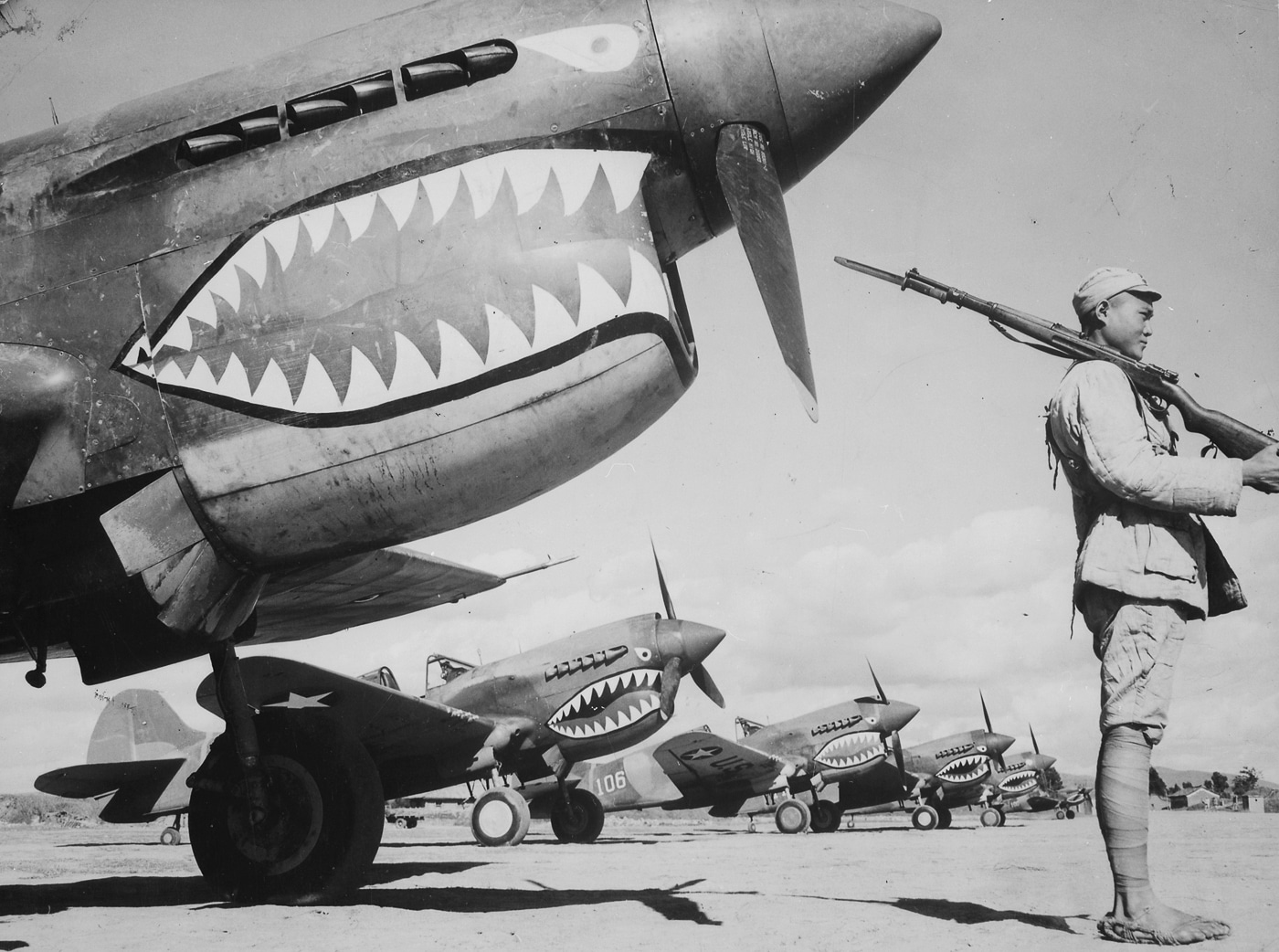
Had von Stauffenberg not been so badly injured he could have easily armed both bombs, and Hitler would have died. However, had it not been for his injuries von Stauffenberg might have remained in an operational assignment and never gotten so close to Hitler. Sometimes in war as in life, little things can be big things.
The Plane
The Curtiss P-40 was the primary fighter aircraft of the U.S. Army Air Corps at the outset of World War II. An advanced all-metal design, the Warhawk first flew in 1938 and entered squadron service a year later. The P-40 was the third-most commonly produced American fighter of the war behind the P-47 Thunderbolt and P-51 Mustang. Some 13,738 copies rolled off the lines. New P-40’s cost Uncle Sam about $36,000 back in the late 1930’s. That would be a bit north of $600,000 today.
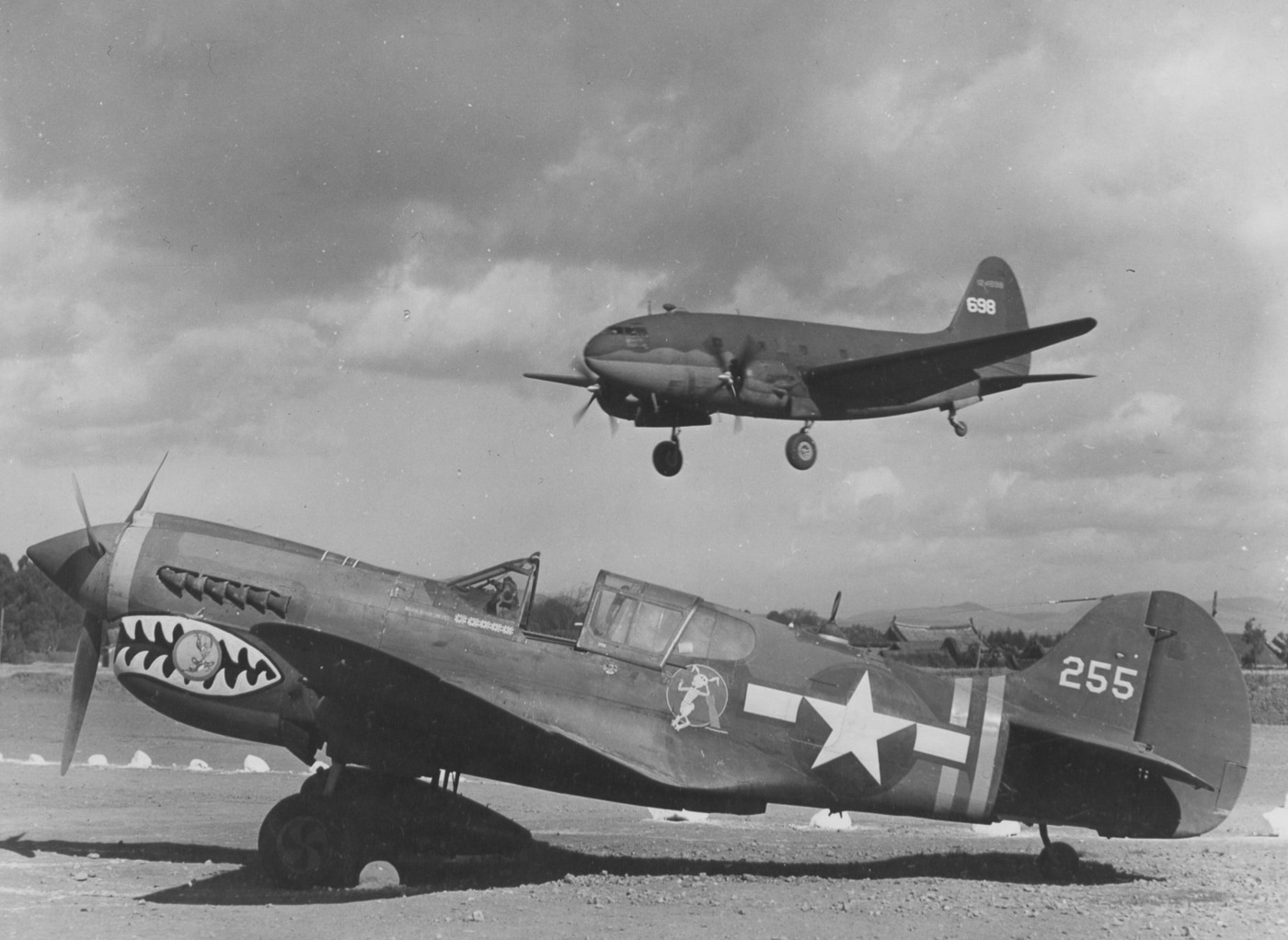
The earliest P-40B was equipped with an Allison V-1710 engine producing 1,040 horsepower. These early planes featured two .50-caliber guns in the engine cowling synchronized to fire through the propellor arc along with four wing-mounted .30-calibers. Later P-40E and K models sported half a dozen fifties in the wings. The planes used by the Australians to nearly kill Claus von Stauffenberg would have been the latter sort.
The Warhawks that were so badly ravaged during the attack on Pearl Harbor were B-models. The definitive wartime version was the P-40E. This plane sported an Allison V-1710-39 V-12 liquid-cooled engine producing 1,240 horsepower. Essentially the same engine was used on the P-38 Lightning. In the case of the twin-engine Lightning, one engine was geared to turn the prop in the opposite direction to help offset torque effects.
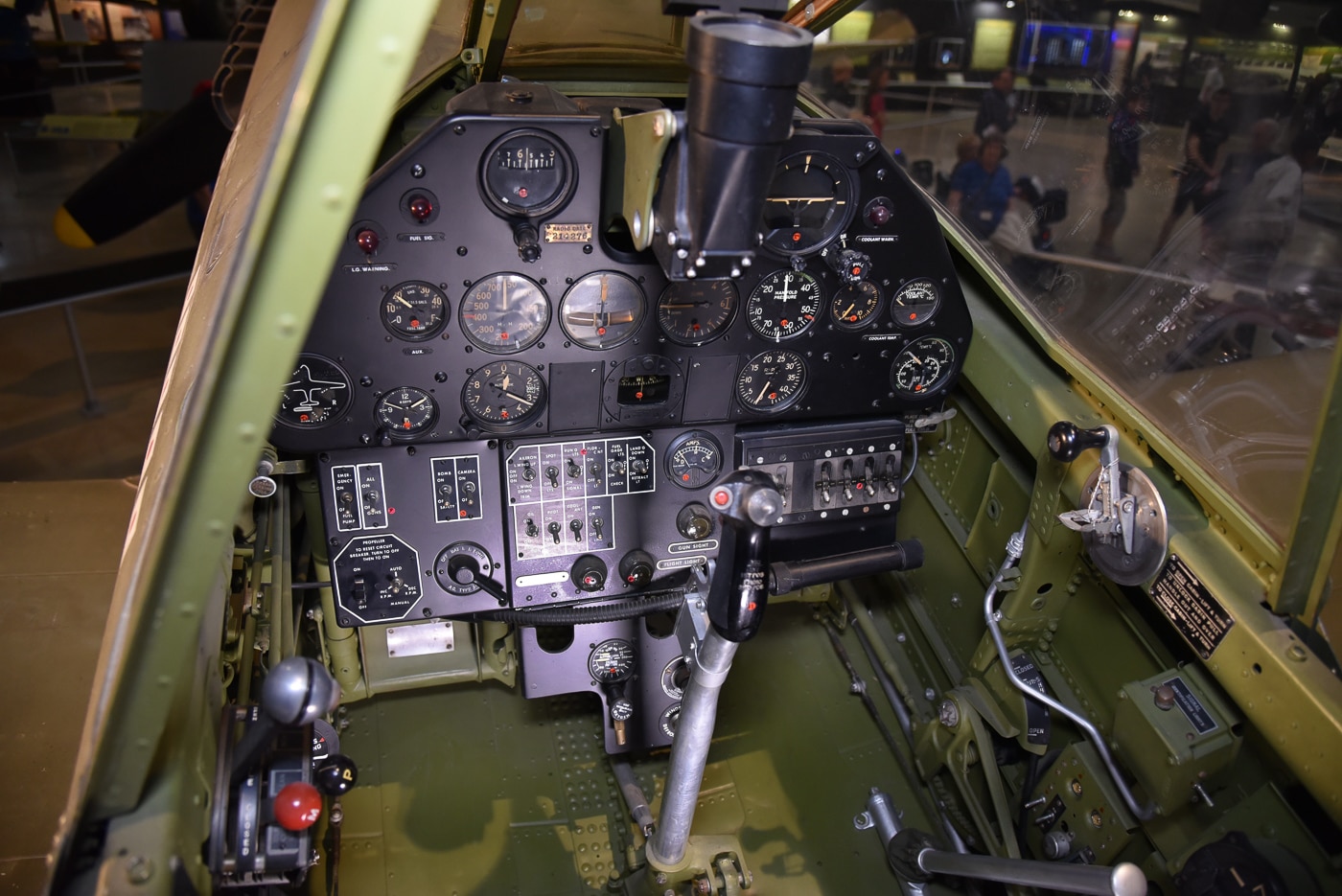
The gaping radiator underneath the big Allison engine lent itself to a shark’s mouth. This flamboyant decoration was pioneered by the P-40’s most famous users, Claire Chennault’s American Volunteer Group — the Flying Tigers. In Commonwealth service, the P-40B and C were called the Tomahawk, while the P-40E and later variants were Kittyhawks.
Impressions
I recently had the opportunity to observe a P-40E up close, and it is a surprisingly large plane. The landing gear struts fold backwards and the wheels rotate to rest flush in their wells. The landing gear of the F4U Corsair has to perform a similar chore. Despite this complexity or perhaps because of it, the Warhawk’s landing track is wide and stable.
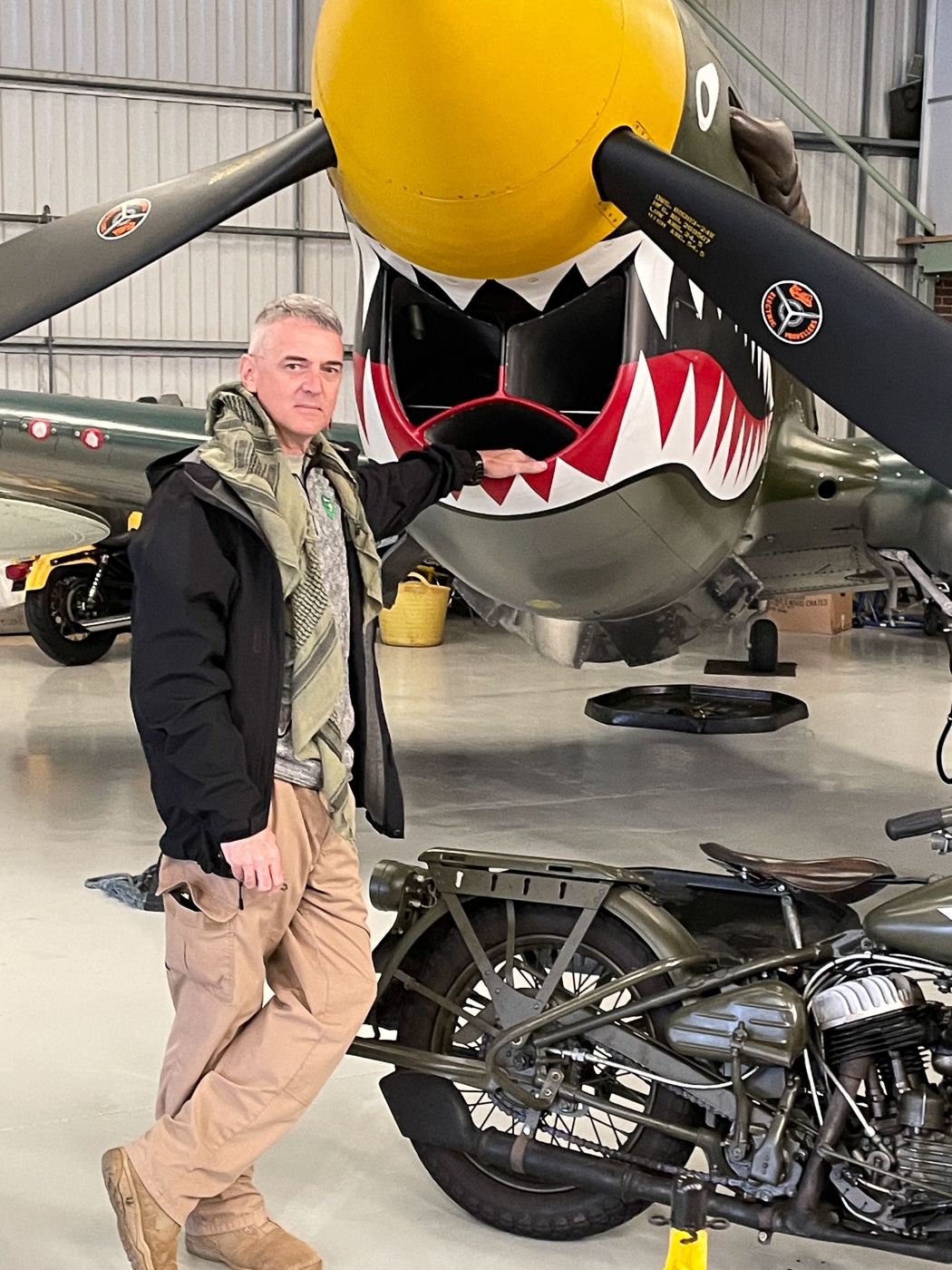
While the P-40 was heavy for its era and struggled in the close fight with Japanese Zeroes and German Messerschmitts, it was a slippery design that built up speed quickly in the dive. As a result, Allied pilots were trained to engage in slashing attacks at high speed and from altitude whenever possible. This maximized the capabilities of the P-40 while negating some of the advantages of enemy planes.
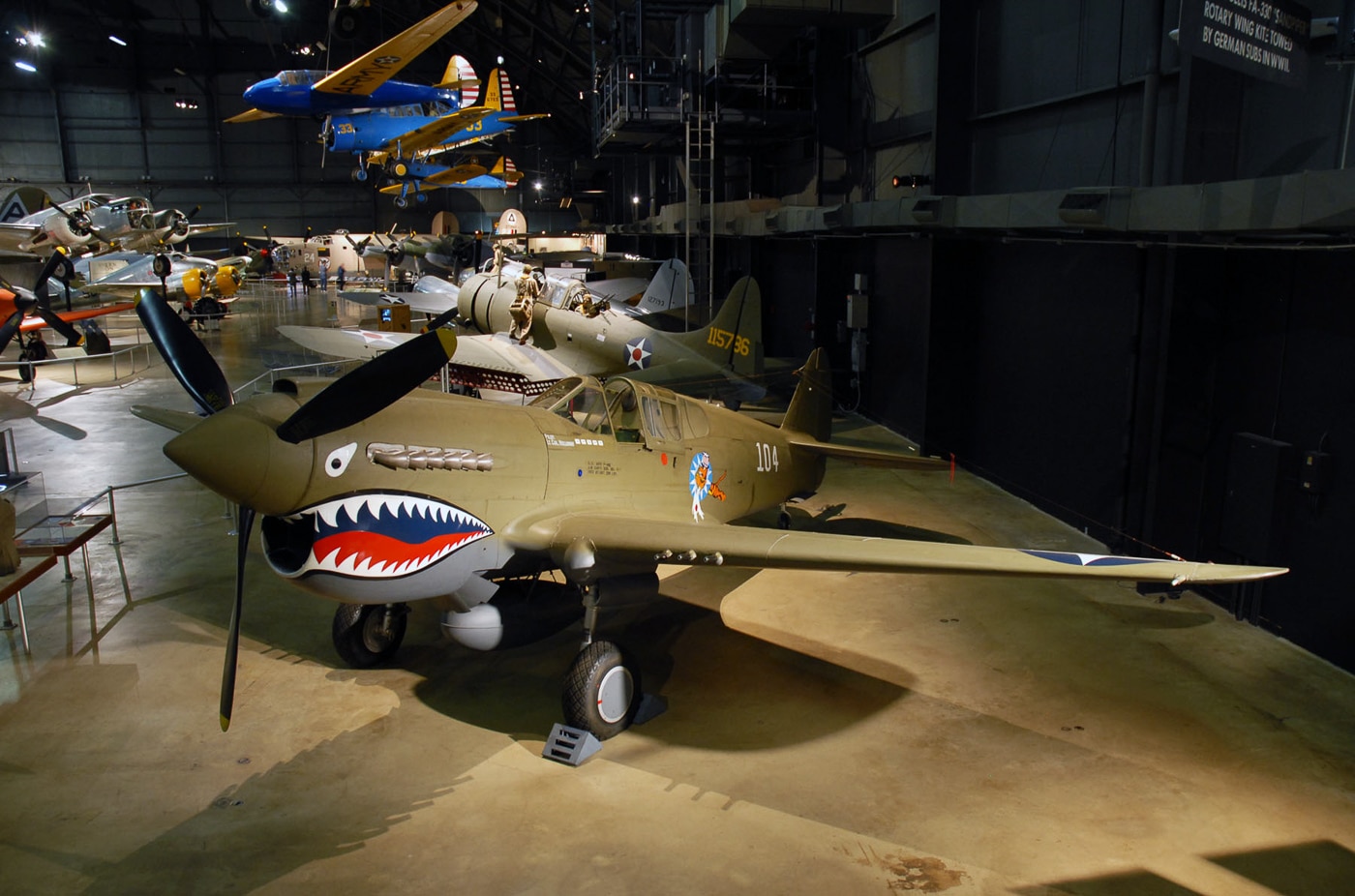
The P-40 Warhawk is a beautiful war machine that just drips history. While such planes were cheap in the immediate aftermath of the war, they are breathtakingly expensive today. Early in the conflict as America struggled to find its war footing, it was the P-40 Warhawk that took the fight to the enemy. The vengeance it wrought eventually led to crushing defeat for the Axis powers.
Special thanks to www.flyaspitfire.com for the rare opportunity to study one up close.
Mossberg 185D Demonstration
Opinion

News Flash. The Montana Shooting Sports Association successfully pushed a bill in 1993 that I wrote to give Montana permit reciprocity. That Montana law was improved in 1995 with another bill I wrote. Because of that success, Montana recognizes all other state permits, and Montana permits are honored by 34 other states. Plus, Montana is now permitless for both open and concealed carry, so we even let people from New York and California carry here.
Thirty years later, the NRA comes along with its own bill claiming to create reciprocity for Montana. What’s up with that?
The NRA solicited introduction of HB 674, a bill intended to create an “enhanced concealed weapon permit” here. This bill is alleged to gain recognition of the new “enhanced” Montana permits by five more states. If the NRA had bothered to ask us about this D.C.-centric idea, we’d have told them it is not suitable for Montana and that the bill, as drafted, was seriously flawed, but they didn’t bother to ask. For lack of local knowledge, the bill the NRA introduced had to have a dozen amendments applied to it to fix the drafting errors and make it more compliant with existing Montana law.
But, that heavy fix didn’t complete the repair of the bill.
The five states with which the NRA bill would allegedly get Montana reciprocity all currently disallow Montana permits because they don’t recognize permits of states that issue to persons under 21 years old. Current permits in Montana are issued to qualified applicants who are 18. The touted NRA bill would limit the new “enhanced” permit, after jumping through many more qualifying hoops than existing Montana permits, only to people 21 years and older. That’s a fatal and unrepaired flaw in the NRA bill. Why?
Because the Montana Constitution declares that persons 18 years old are adults and must be allowed all privileges of adulthood.
That section of the Montana Constitution had to be amended to allow the Legislature to restrict possession of alcohol to persons 21 years and older, and again to allow the Legislature to restrict marijuana to persons 21 and older. Without another constitutional change, the NRA bill allowing their “enhanced” permits only for people 21 and older will simply not pass constitutional muster in Montana. In that case, even if the bill passes with a constitutionally-correct age of 18, it will not allow Montanans to use these new “enhanced” permits in the five states alleged to be the reason for the bill.
What a mess! And this mess is because the NRA is so desperate for relevance that it chose to wing this effort without talking to knowledgeable people in Montana about the idea and effort.
Meanwhile, the NRA refuses to acknowledge or support the pro-gun bills MSSA has working through the Legislature. This includes a bill to remove an 1884 Jim Crow provision in our RKBA that says the RKBA doesn’t apply to concealed weapons. This includes our bill to pay court costs for a defender who is prosecuted, pleads self-defense, and is acquitted. It includes our bill to prohibit discrimination because of firearms. It includes our bill to pay court costs and attorney fees if a person wins a suit against a government entity to secure the person’s RKBA.
The NRA is withholding support for all of these good MSSA bills while pushing its seriously flawed “enhanced” permit bill that won’t accomplish its alleged objective because it is constitutionally impermissible in Montana.
Since the 1980s, Montana Shooting Sports Association has gotten 70 pro-gun bills through the Montana Legislature and enacted them into law. None of these were initiated or written by the NRA, although the NRA did support a few of them. Maybe the NRA, in its quest for contemporary relevance, is jealous of MSSA’s record of success and seeks to show what a gorilla it is. If so, it misses its target by a wide margin with its ill-conceived HB 674 in Montana.
Gary Marbut is president of the Montana Shooting Sports Association, the primary political advocate for Montana gun owners. Marbut has served on the Board of Directors of Gun Owners of America and has twice been the recipient of the Second Amendment Foundation’s Grass Roots Activist of the Year award.

The federal government has been using Americans’ income and gun purchases to conduct warrantless tracking and deny Second Amendment rights. Agents from the Bureau of Alcohol, Tobacco, Firearms and Explosives (ATF) gave salary estimates to the Federal Bureau of Investigation (FBI) as the reason to have people’s firearms purchases monitored.
Erich Pratt, senior vice president of Gun Owners of America (GOA), told The Epoch Times that the ATF’s activities “monitoring innocent people” is a serious problem. “Congress needs to rein in this rogue agency by either exercising oversight over it or abolishing the unconstitutional agency altogether,” said Pratt.
These revelations come from new documents, viewed by The Epoch Times which it received from its Freedom of Information Act (FOIA) lawsuit. The latest production from the FOIA has hundreds of pages—many redacted—showing ATF agents requesting warrantless surveillance by the FBI for lawful reasons such as low salaries, past firearm purchases, and sending “bizarre” messages.
The Epoch Times exclusively reported in January about the FBI’s secret monitoring service that tracks people by the National Instant Criminal Background Check System (NICS) for gun purchases for mere “potential violations of law.”
Too Poor to Buy Guns
According to the documents, a man in Arizona was put into the NICS’s daily monitoring because he has a “reported income” of only $2,839. The ATF agent wrote, “In my experience, someone with this amount of income would not be able to afford 20 firearms.”
An Asian man in Texas was put on the manual background check because the ATF said he has “no work history” which “could possibly indicate” that he is “straw purchasing.”
A special agent in Kansas emailed ATF’s liaison at the NICS to flag two purchasers for “potential trafficking.” The agent wrote: “My targets are purchasing an abundance of firearms without a license or known financial means to obtain the product.”
The FBI’s NICS expert instructed the agent in Kansas on what to include to ensure approval for tracking the suspects. “I would suggest covering the lack of income versus expenditures and also if there is substantial make/model duplication,” wrote the FBI. The ATF agent emailed back with the incomes for each man, acquired by the Kansas Department of Labor.
All the cases in the documents are related to the ATF investigating dealing firearms without a license and straw purchasing, which is buying guns for people prohibited from owning a firearm.
Tracking Income
Gun rights activists say federal law enforcement is missing the mark.
“The poor usually live in areas with the most crime and thus have a strong need to arm themselves heavily,” Pratt said. “So targeting the indigent is simply another avenue for gun grabbers to implement a backdoor gun ban.”
ATF headquarters will not disclose how it acquired the other suspects’ incomes, employment information, and past gun purchases found in the FOIA forms.
“We are unable to discuss specific techniques utilized in criminal investigations,” ATF spokesman Erik Longnecker told The Epoch Times. “ATF utilizes a multitude of legal means in our criminal investigations to protect our communities from violent gun crime.”
Longnecker referred The Epoch Times to the National Tracing Center website for information about “several overt programs such as multiple sales and demand letters that can be helpful in identifying illegal firearms trafficking.”
Buying Too Many Guns
A black man in Florida was monitored daily by the FBI for at least 90 days in 2020 because an ATF agent wrote: “Based on my training and experience, I have not seen a legal firearms purchaser purchase approximately 30 firearms in a 120-day window for their personal collection.”
Licensed firearms dealers must report to ATF the sale of two or more handguns to the same purchaser within five consecutive business days. However, there is no federal law limiting the number of guns a person can buy.
“Some agent just decided that is enough Second Amendment for you this year,” Robert Olson, the attorney who filed the FOIA lawsuit for the GOA, told The Epoch Times.
Buying and Selling Guns
A Wisconsin man was put under surveillance in 2020 because an ATF agent saw text messages related to buying and selling guns and suspected dealing without a license. The agent said the man bought guns from the website Gunbroker.com, transferred them through a local gun store, and then resold the firearms “using email, text messaging, and the website Armslist.com.”
There is more redacted black markings than visible information on this form, but it does not disclose the number of guns the suspect bought and sold.
The ATF has an online guide that explains: “If you only make occasional sales of firearms from your personal collection, you do not need to be licensed.” It also says you “will need a license if you repetitively buy and sell firearms with the principal motive of making a profit.”
Too Many Gun Parts
In the secret documents, an ATF agent asked the FBI to flag a man in Arizona suspected of dealing parts of guns. “In my experience, it is common for people to purchase large number of AR-15 style lower receivers, build them into rifles, and sell the rifles for profit,” the agent wrote to get the suspect put into NICS.
A “lower receiver” is the base part of an AR-style rifle which has a serial number on it. It cannot fire without a barrel, trigger, and other parts put on it.
“It is common for people to buy several lower receivers and build them into finished guns. If it’s your hobby, that is not sufficient to prove you are illegally dealing firearms,” said attorney Olson. “How does the agent distinguish between the Second Amendment enthusiast and the criminals?”
‘Bizarre’ Messages
A Missouri man was put into NICS after an ATF agent emailed that a “U.S. Attorney’s Office asked that we monitor his activity due to recent threats and bizarre messages he has been leaving.”
The agent wrote that the man “was recently released from BOP [Bureau of Prisons] and has begun making threats toward the U.S. Attorney’s Office, federal judge, and ATF case agent.” The completed form does not indicate the man has committed a felony, which would mean he would be in the NICS and prevented from buying a gun at the point of sale.
“Sending bizarre messages is not something that makes you lose your Second Amendment rights,” said Olson. “He sounds like a bad guy, but it’s not connected to firearms. That’s a huge misuse of the background check process.”
Anonymous Tips
The ATF’s law enforcement role is to investigate when a prohibited person completes a 4473 gun background check, and the NICS denies the purchase. In one case in the files, the ATF appears to have a woman tracked before the investigation has been done and based on an anonymous tip.
Documents show a Hispanic woman in Texas was put into the NICS because an agent got an “iTip provided by an anonymous person” who related that she had “purchased 10 firearms in the last two weeks.”
The agent wrote that the investigation was incomplete because it did not have the background check forms from the dealer (“4473s”) nor video footage from the store.
ATF and FBI Unbowed
There are no instances of the FBI denying any ATF request to put a person under warrantless surveillance in all the documents released so far. Moreover, there are no documents showing the monitoring periods ended. As we previously reported, the FBI told the ATF that it will renew the NICS flags of 30 to 120 days and limitless times if requested.
“It’s time for Congress to repeal the NICS check. Given that more than 95 percent of the initial stops are for mistaken identity, it is clear that NICS is not keeping guns out of criminals’ hands,” GOA’s Pratt said.
The ATF spokesman declined to say if this monitoring program with the FBI was ongoing. The FBI did not respond to a request for comment for this story.
